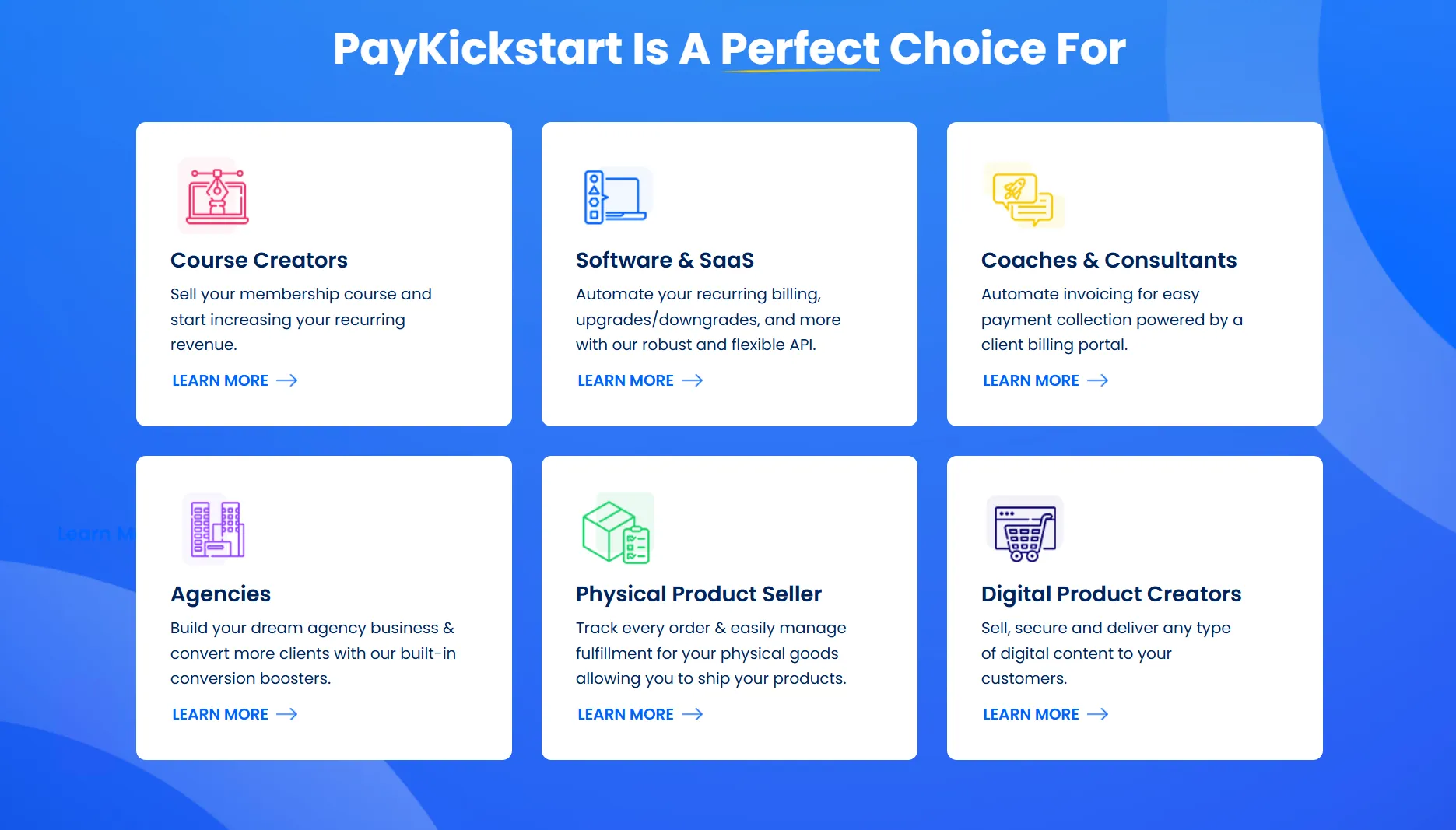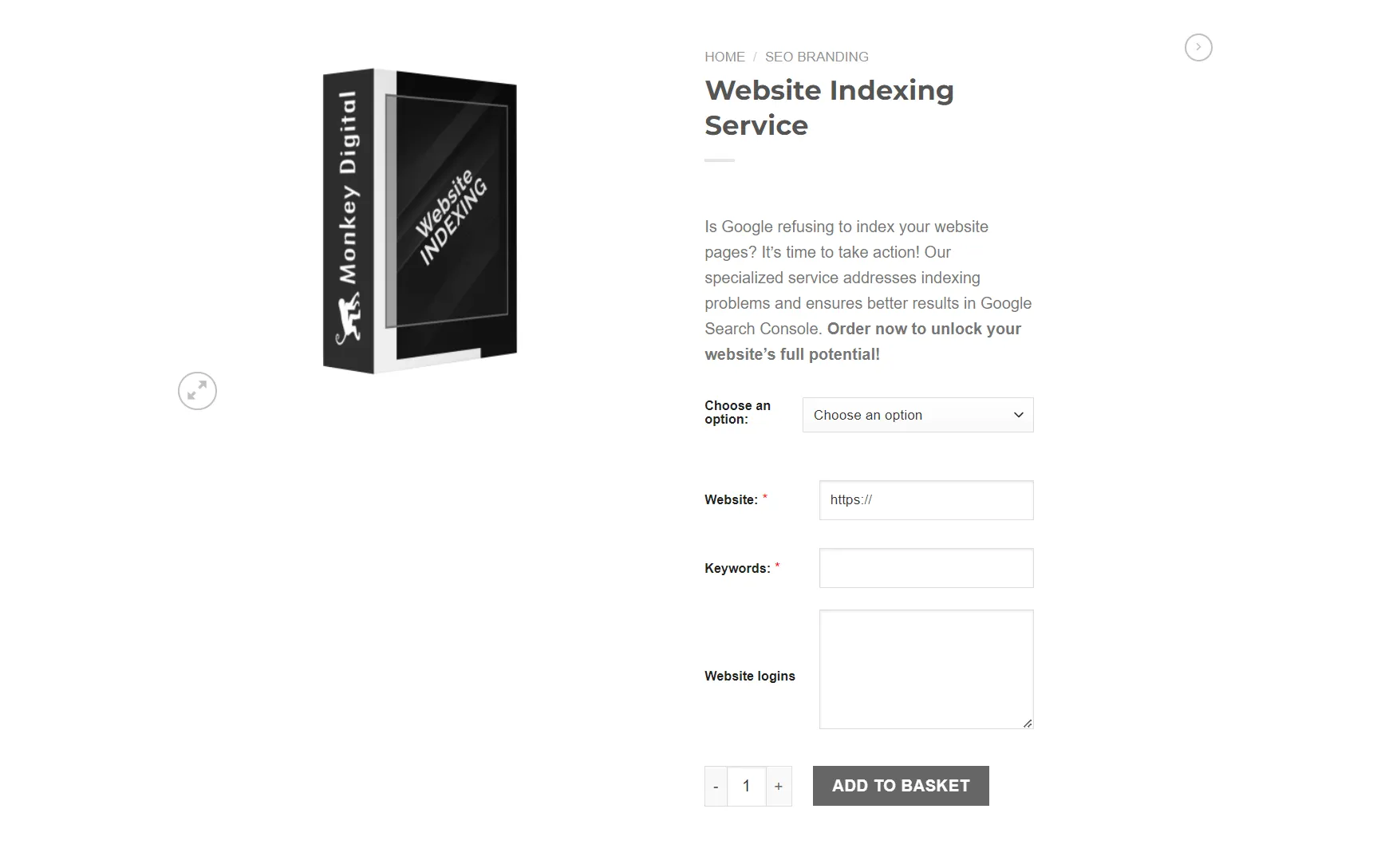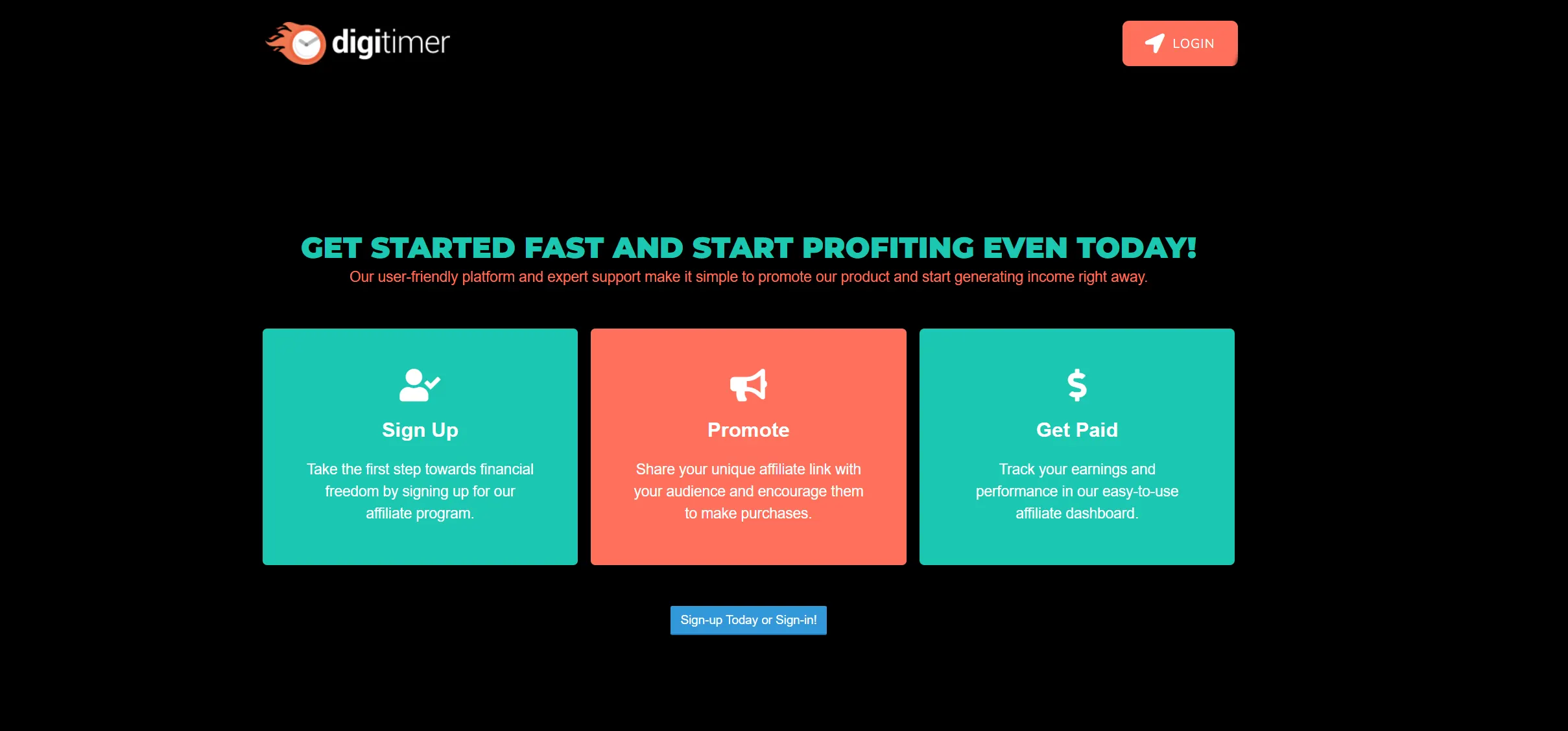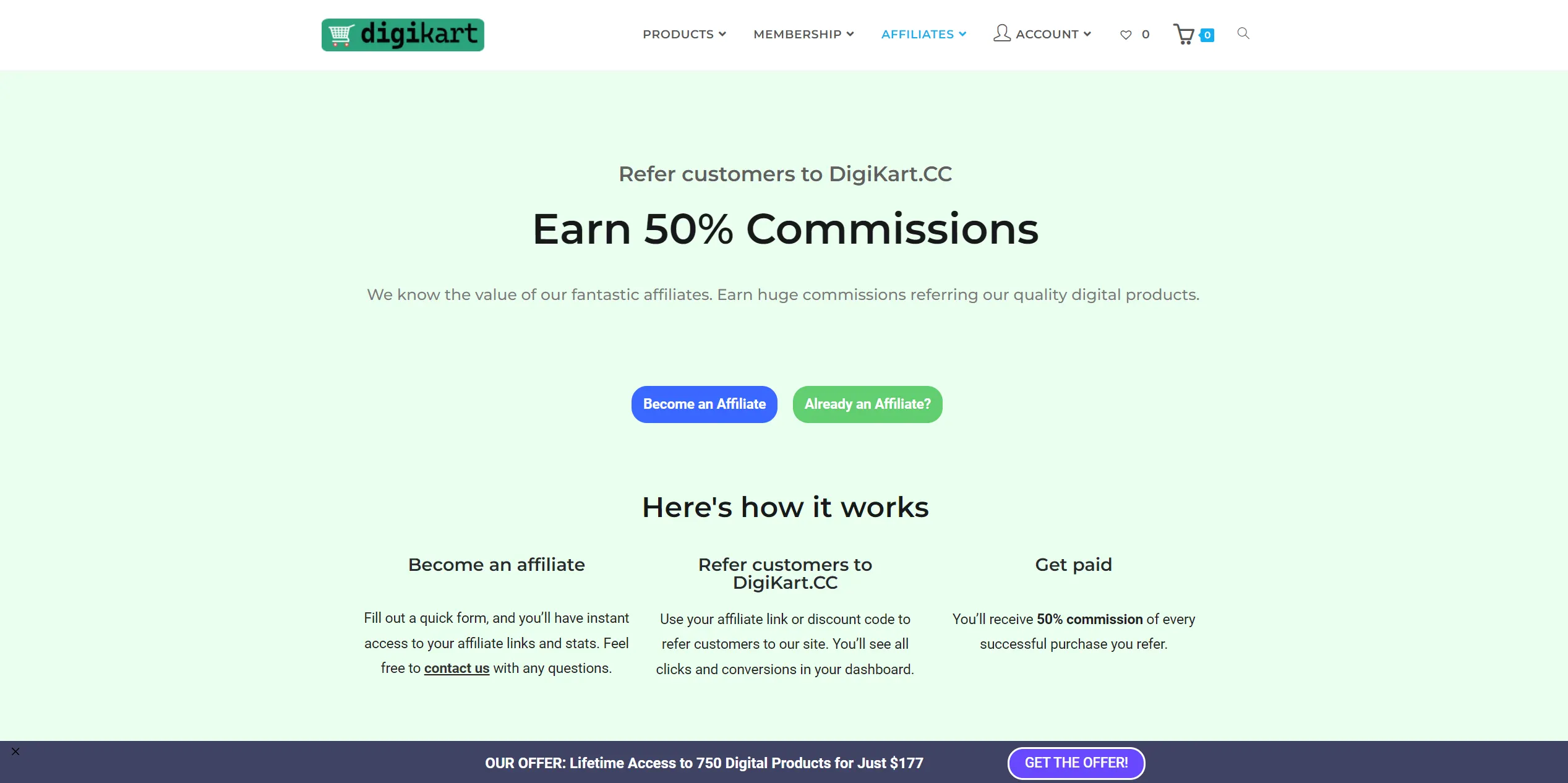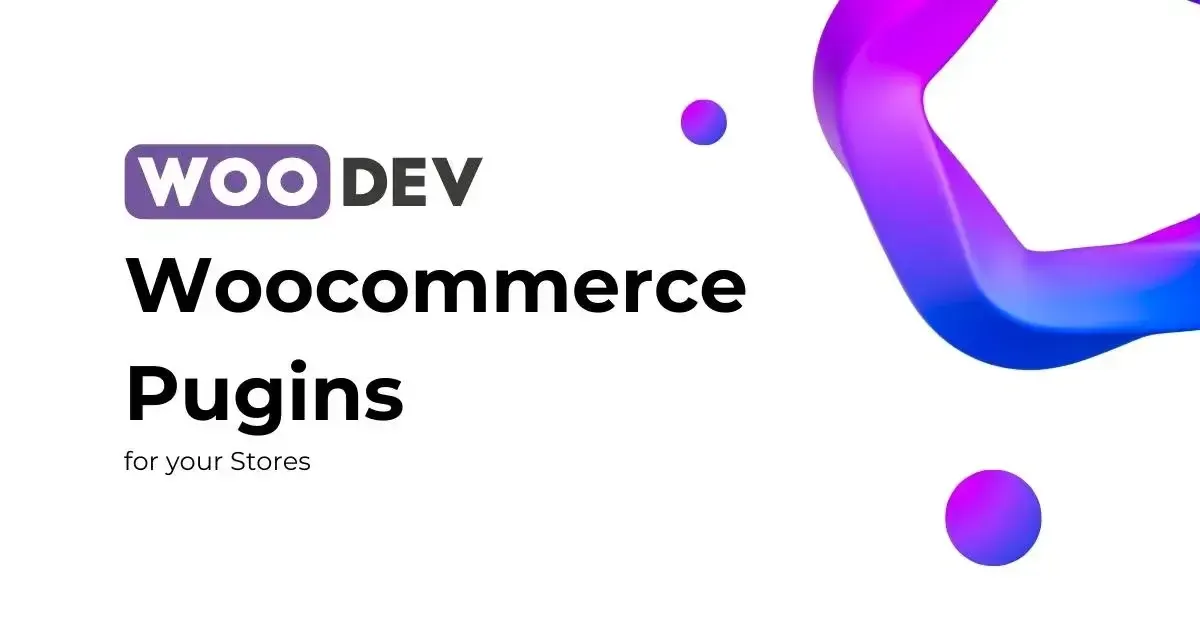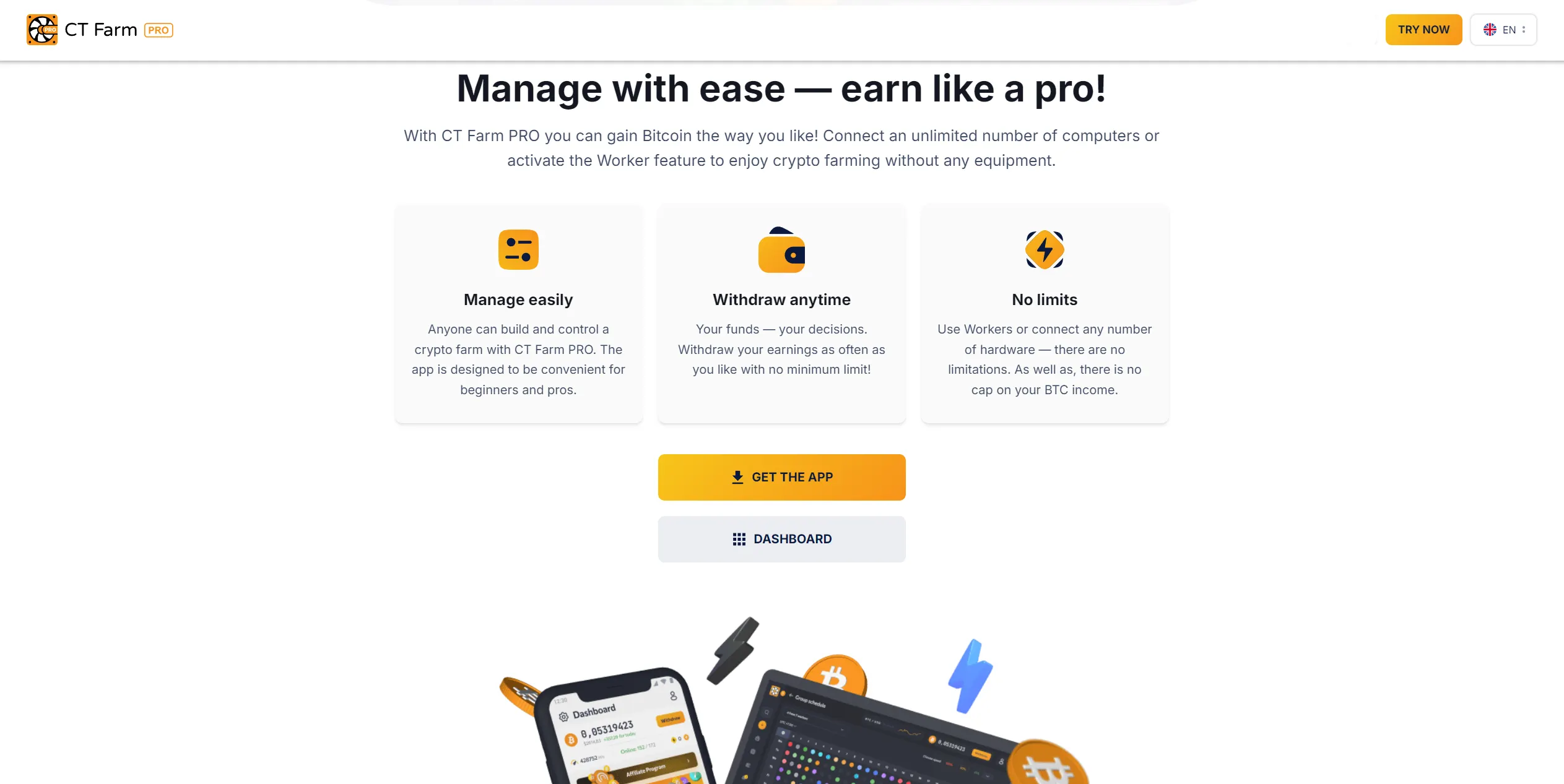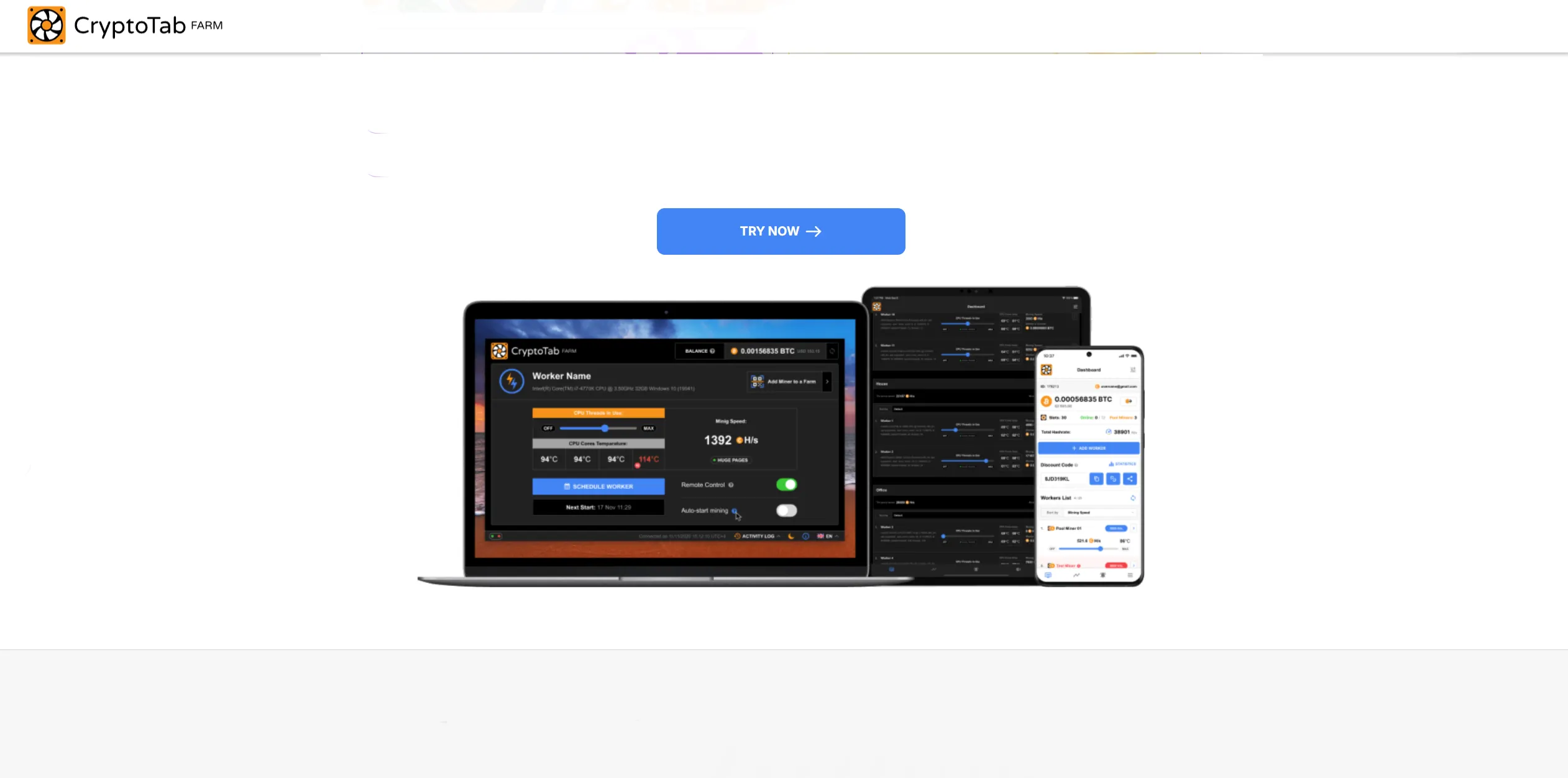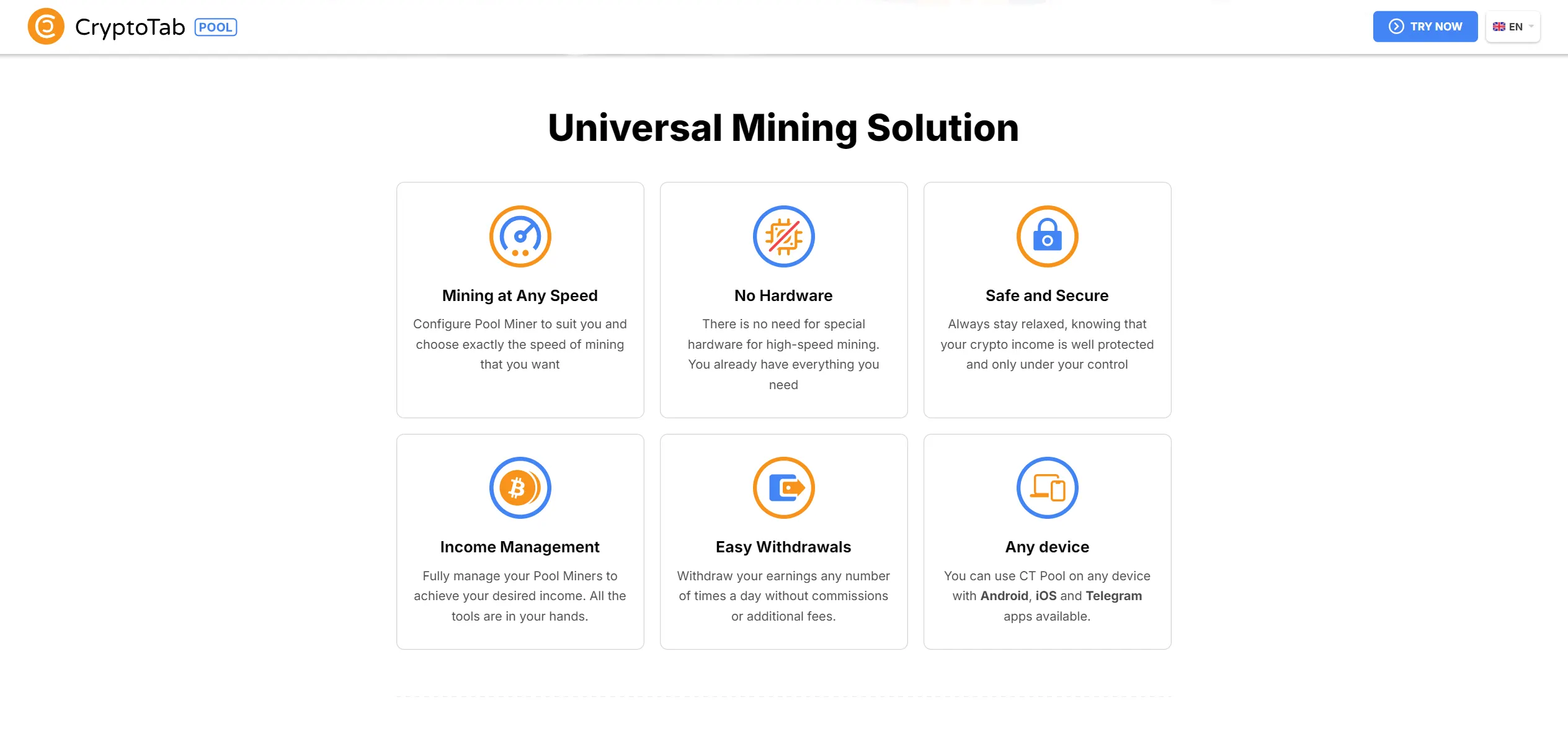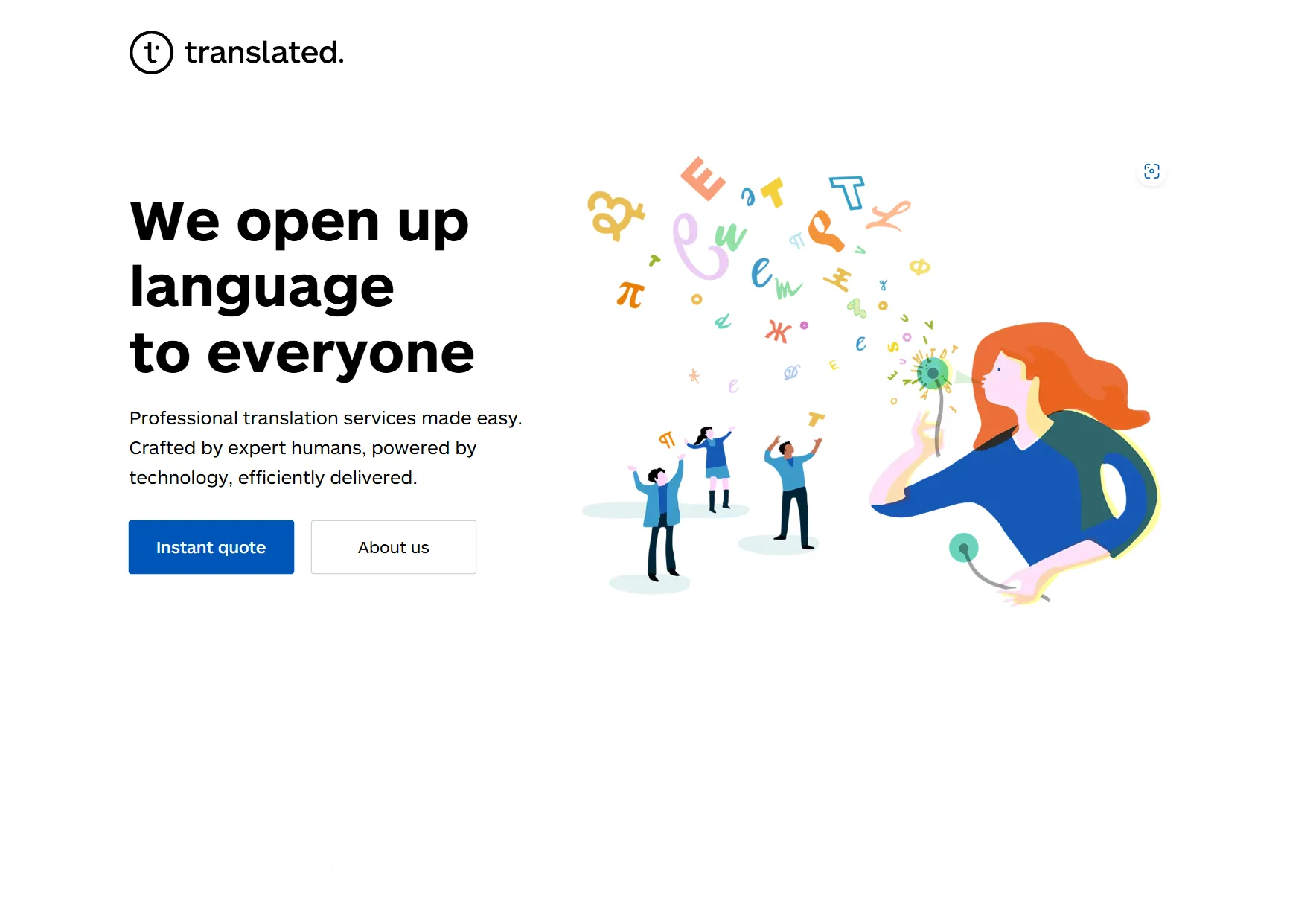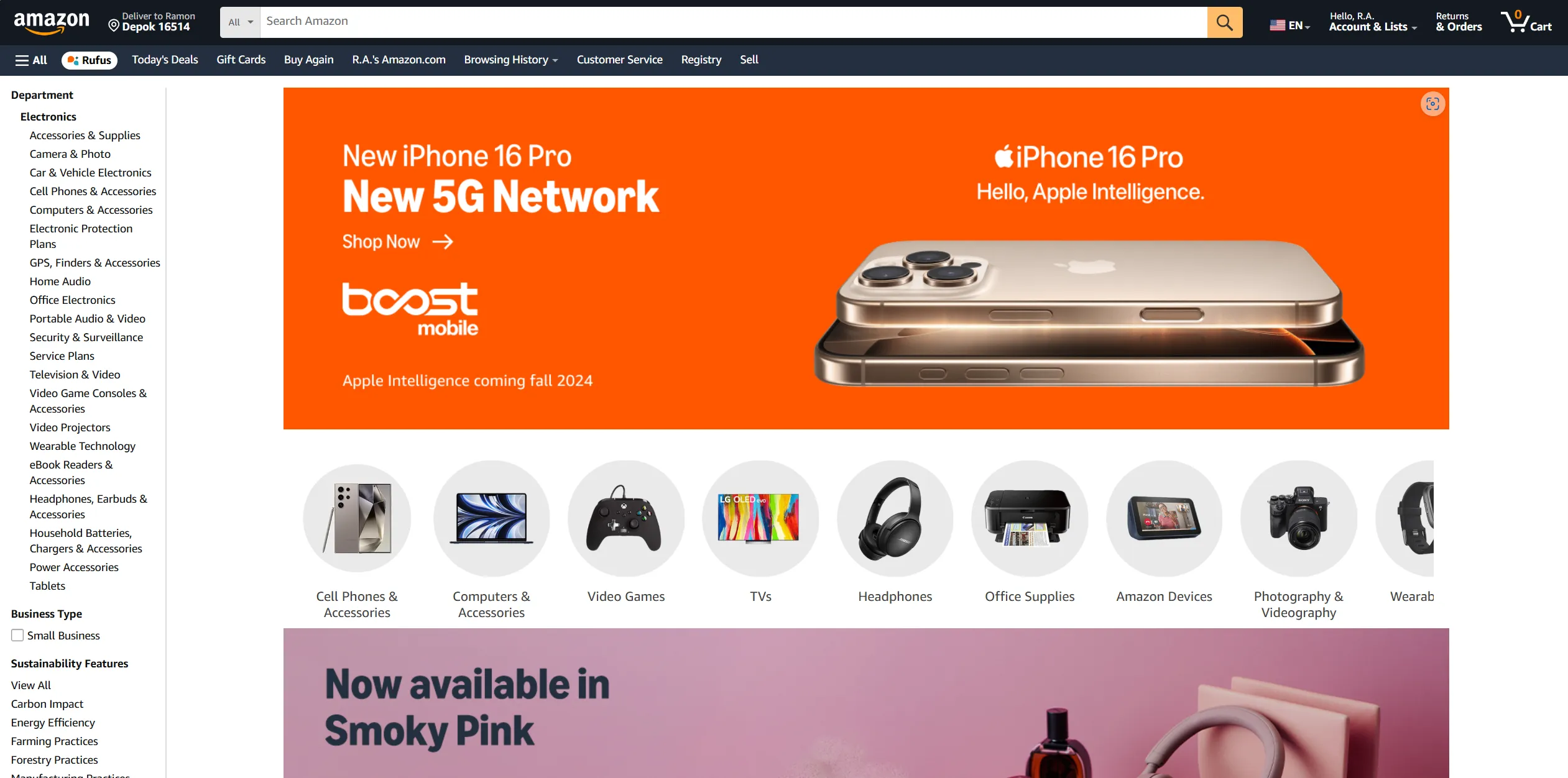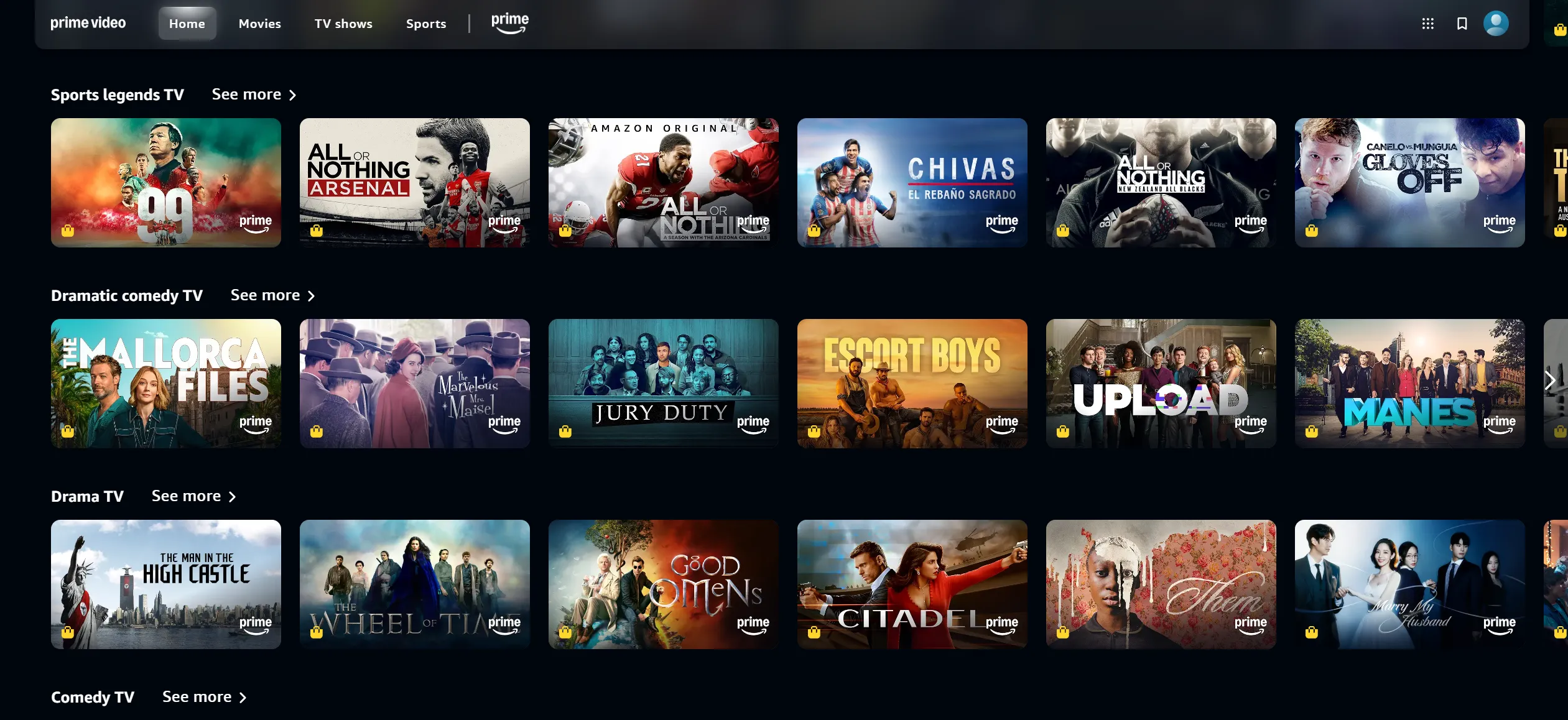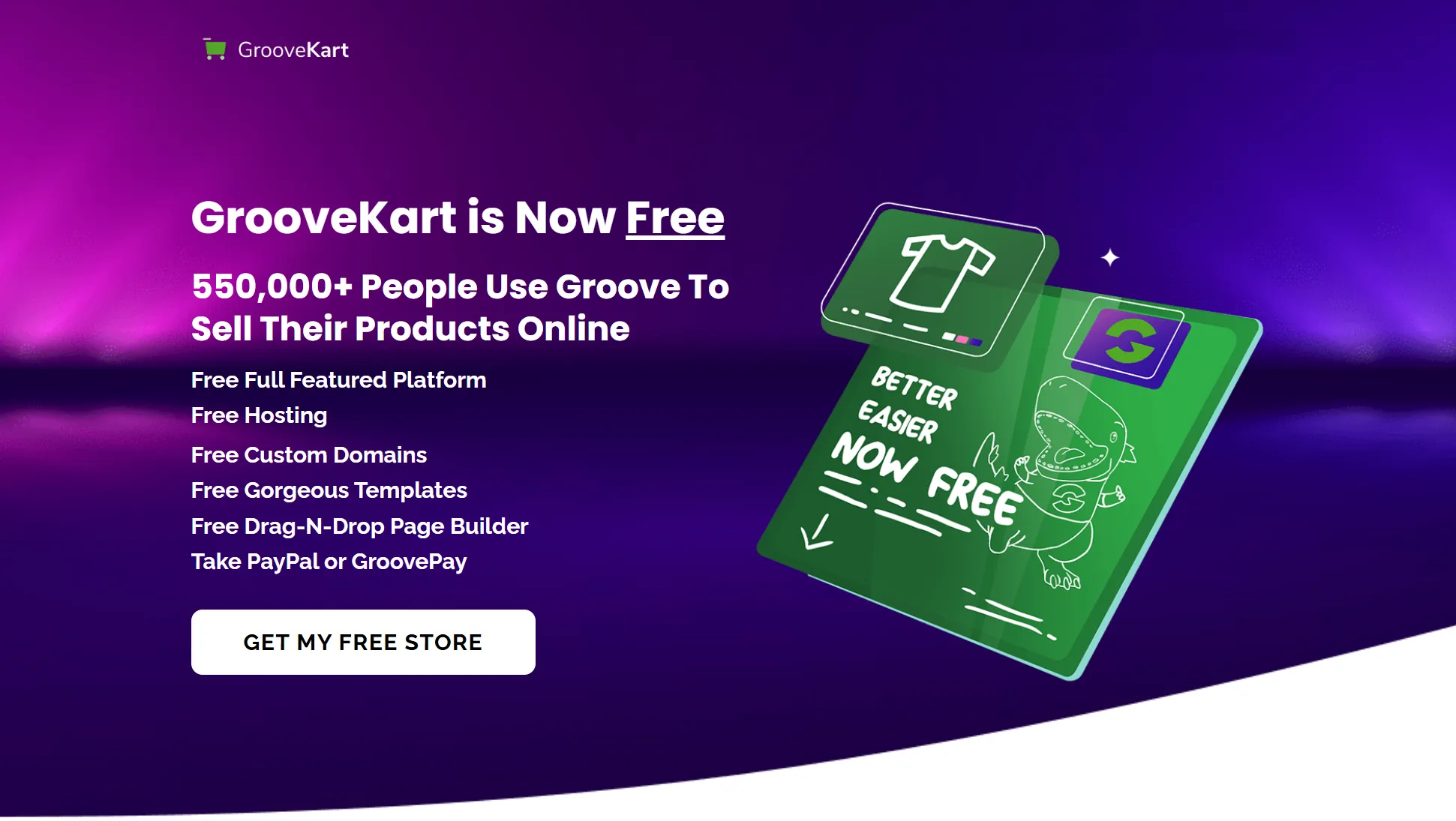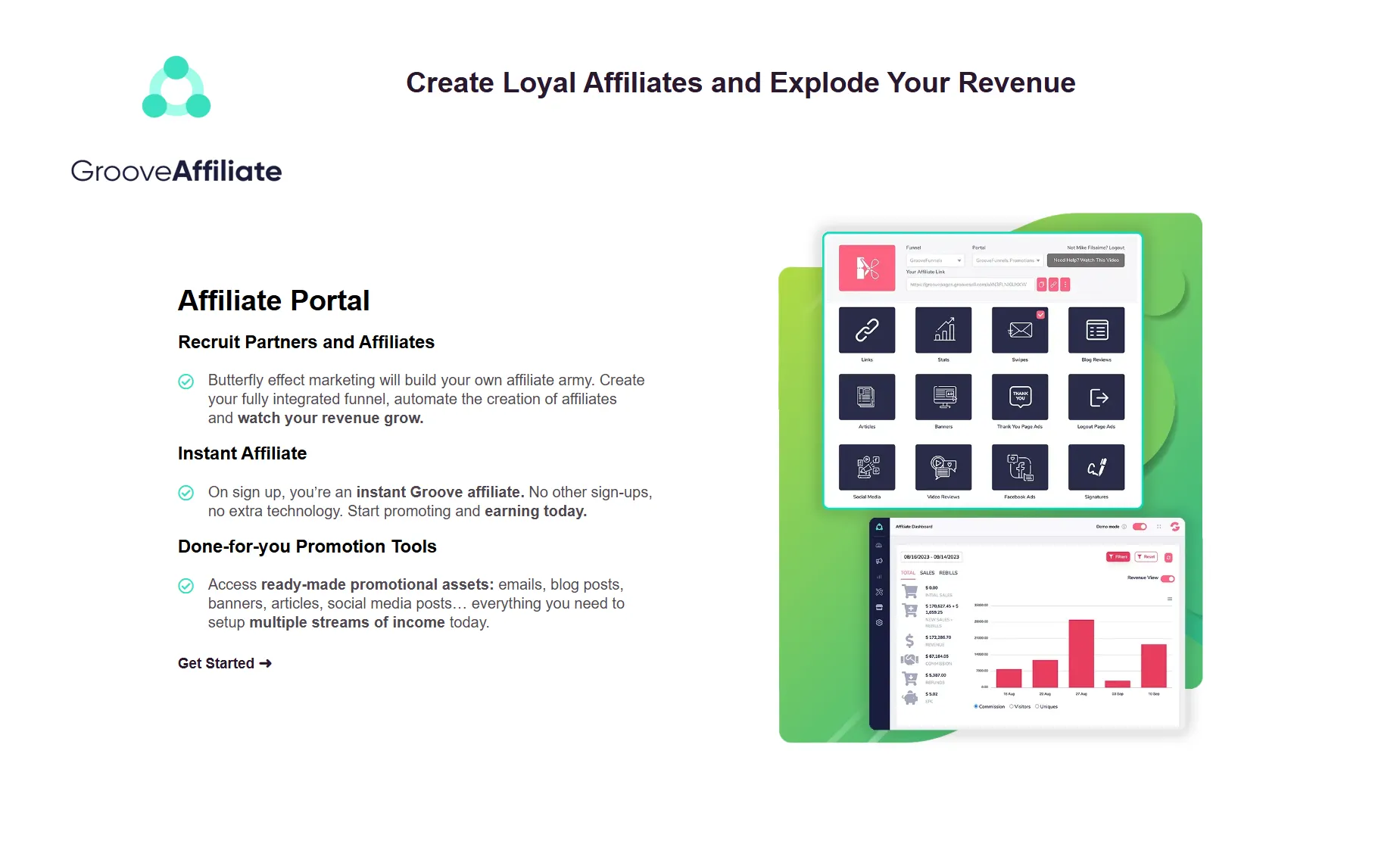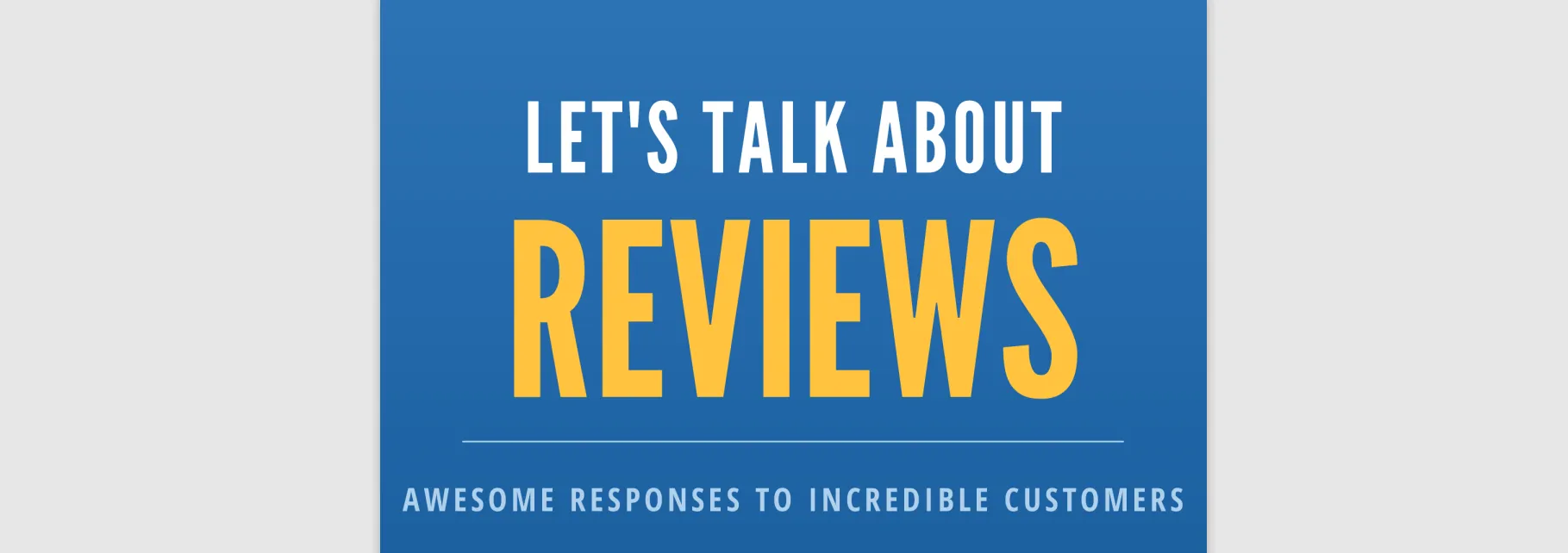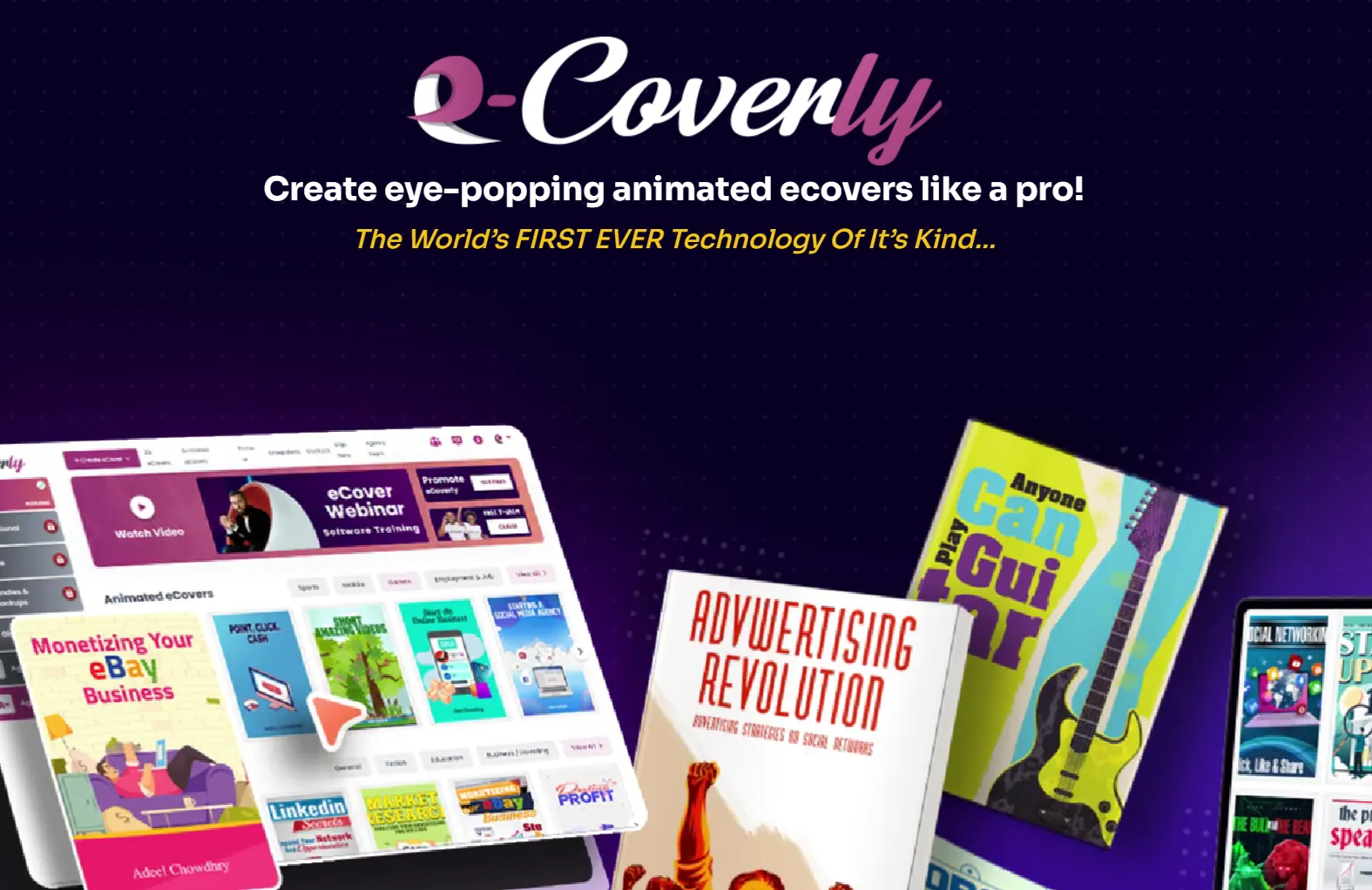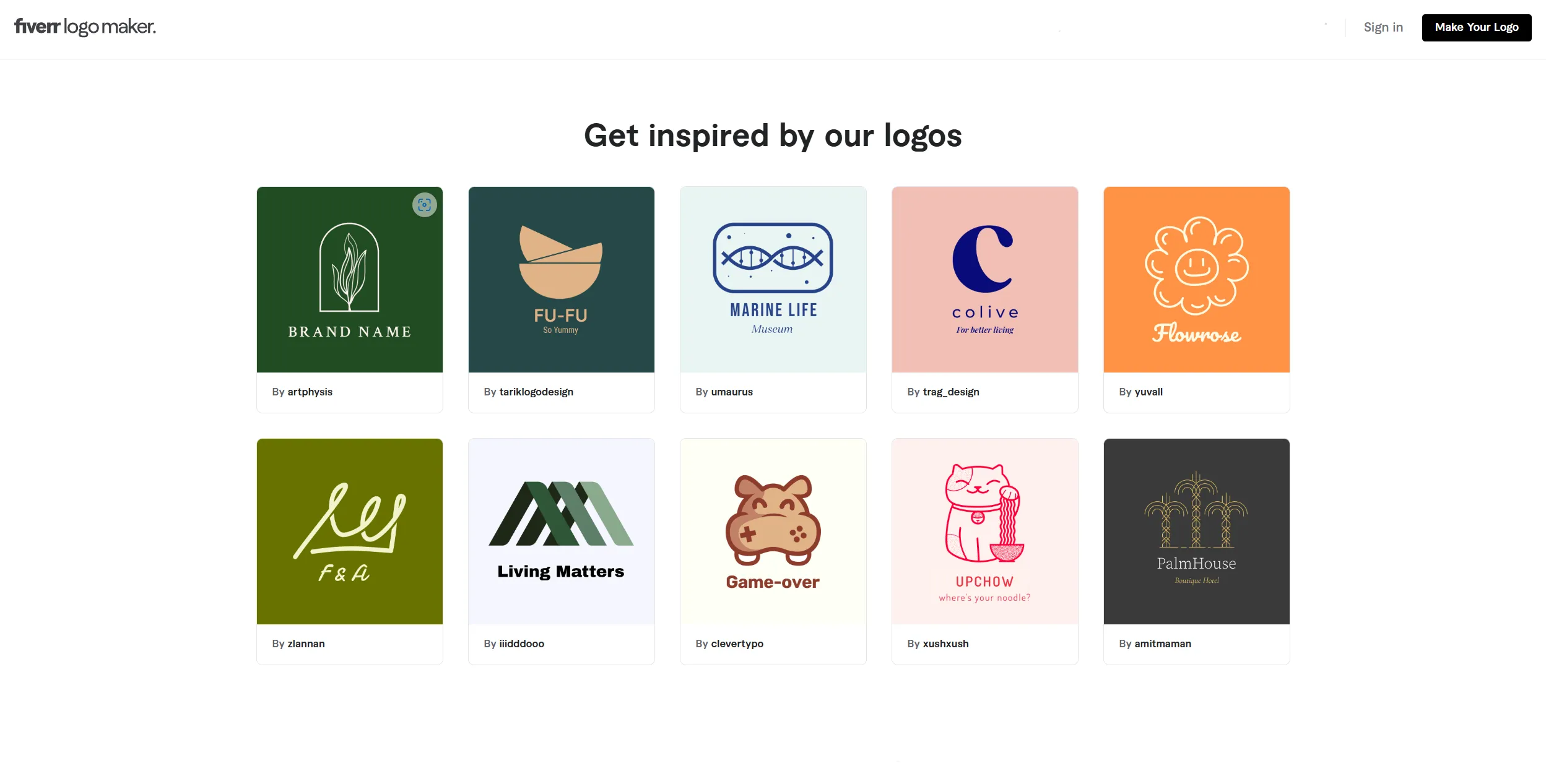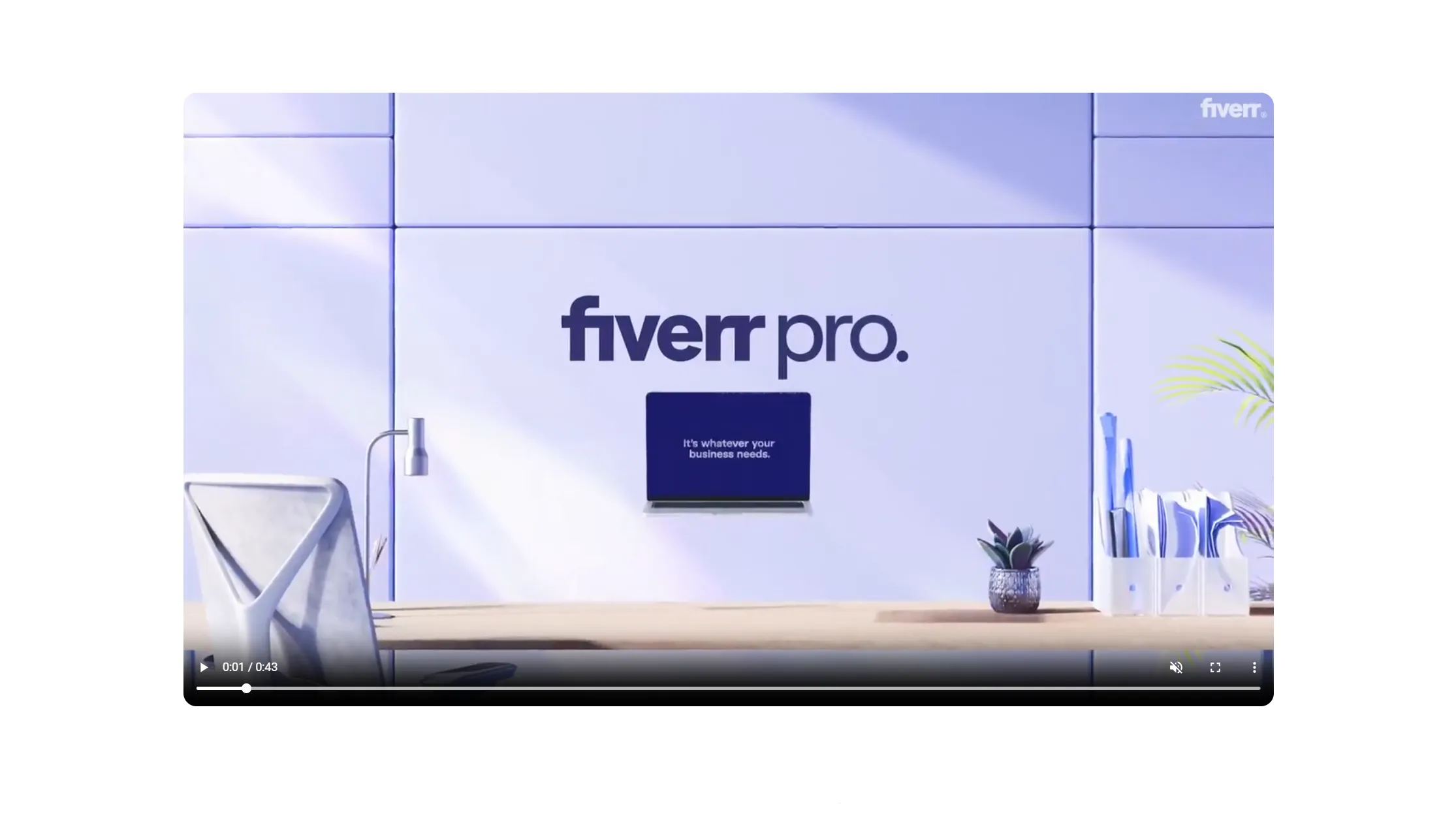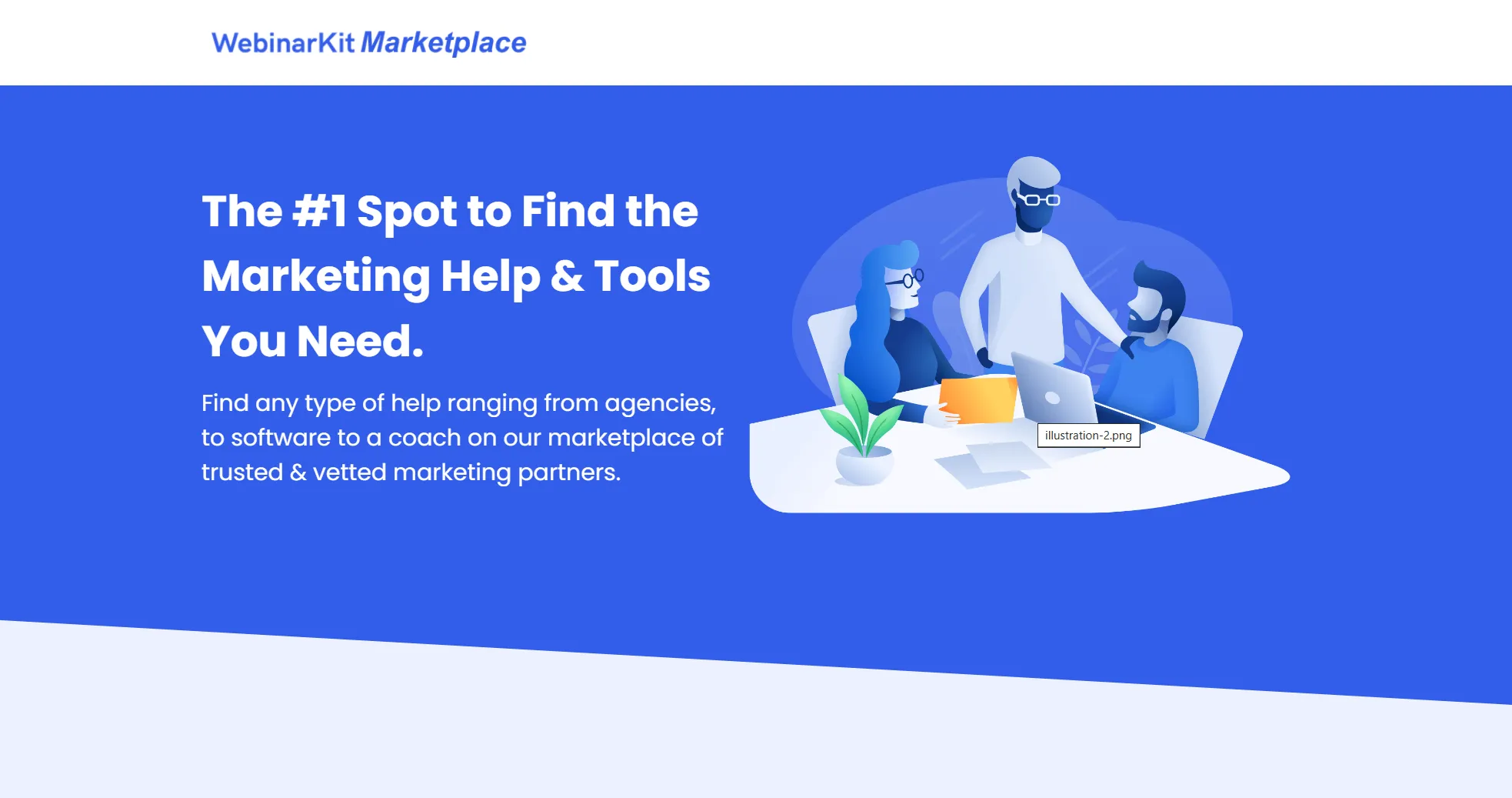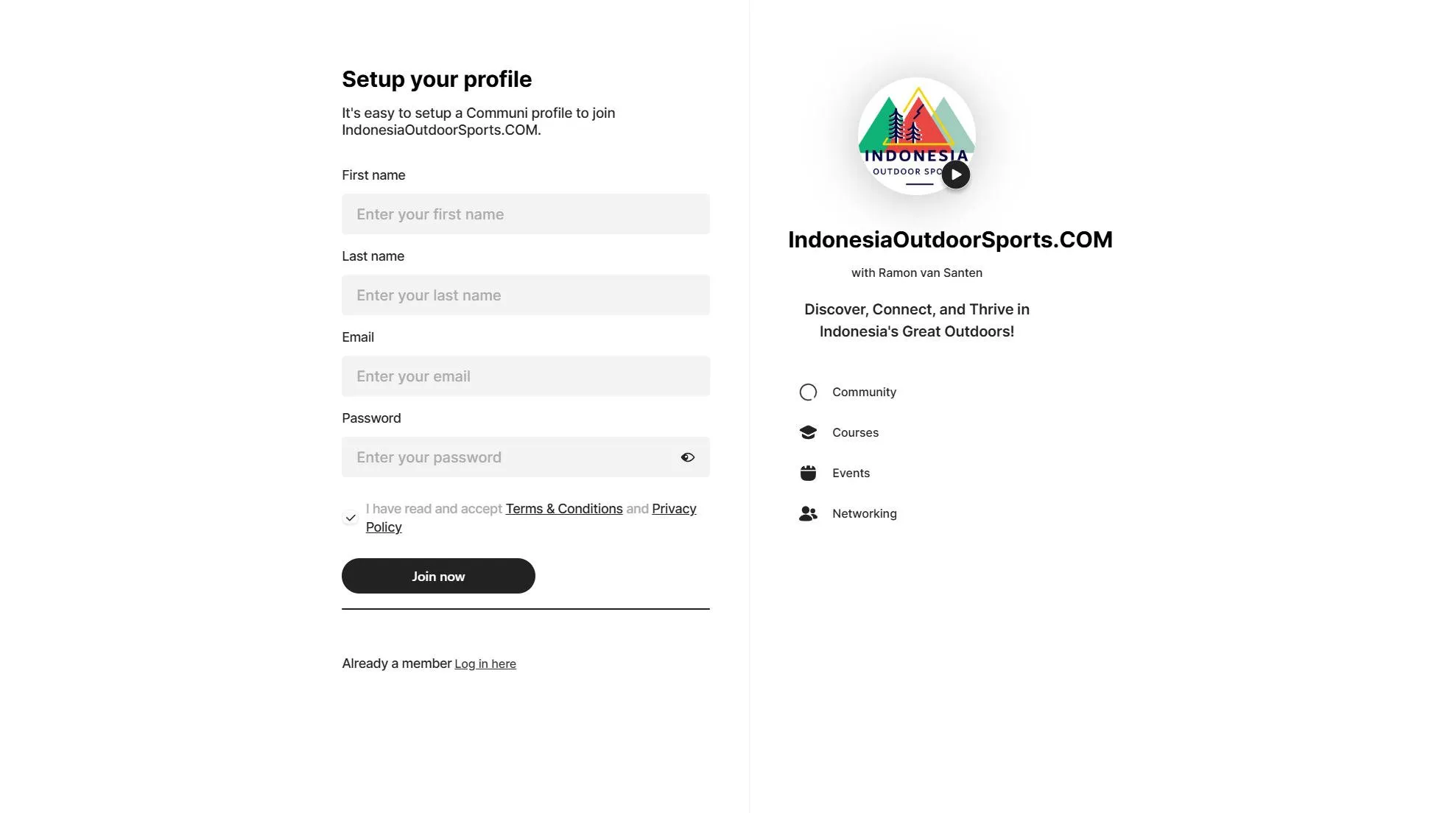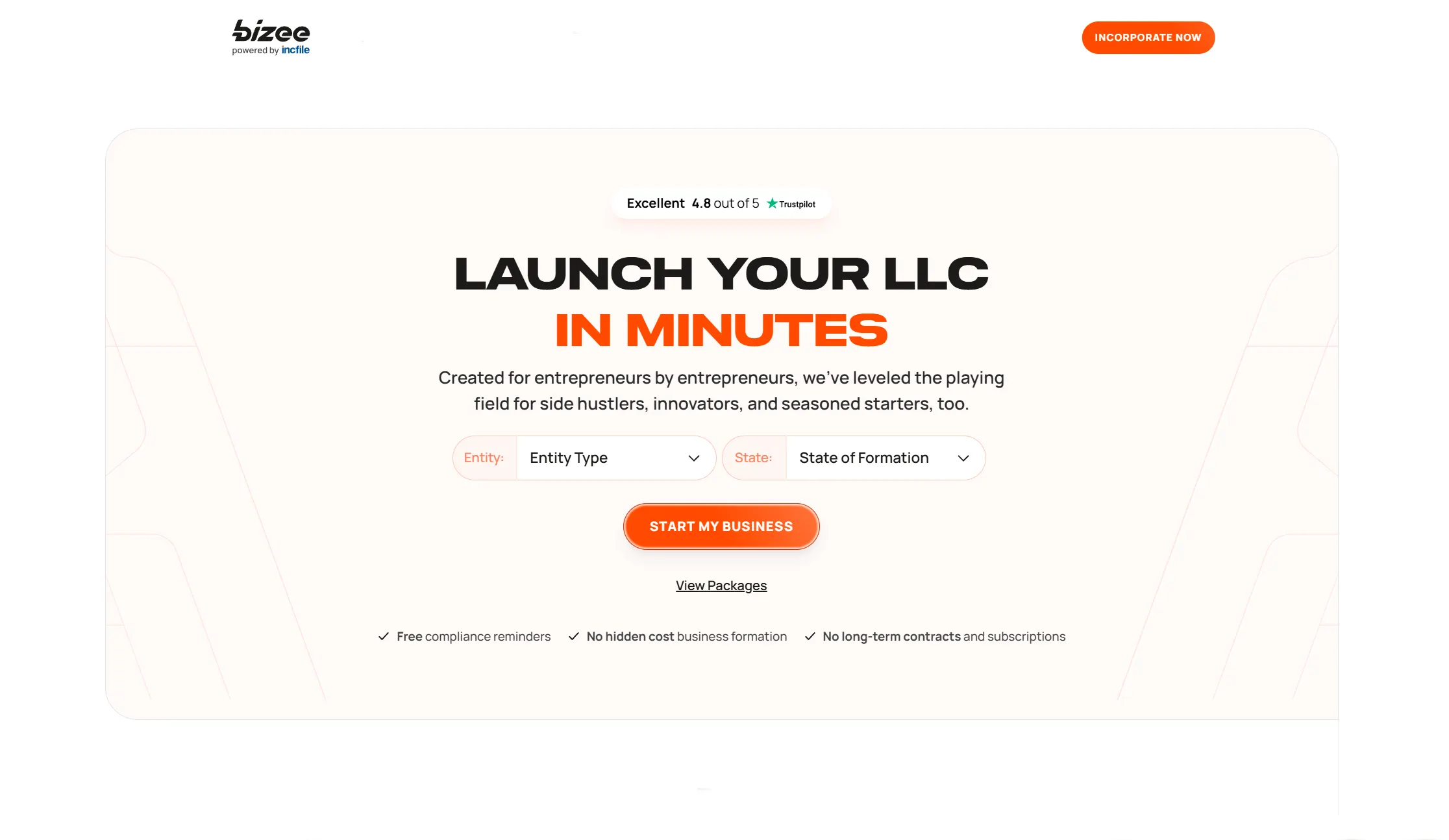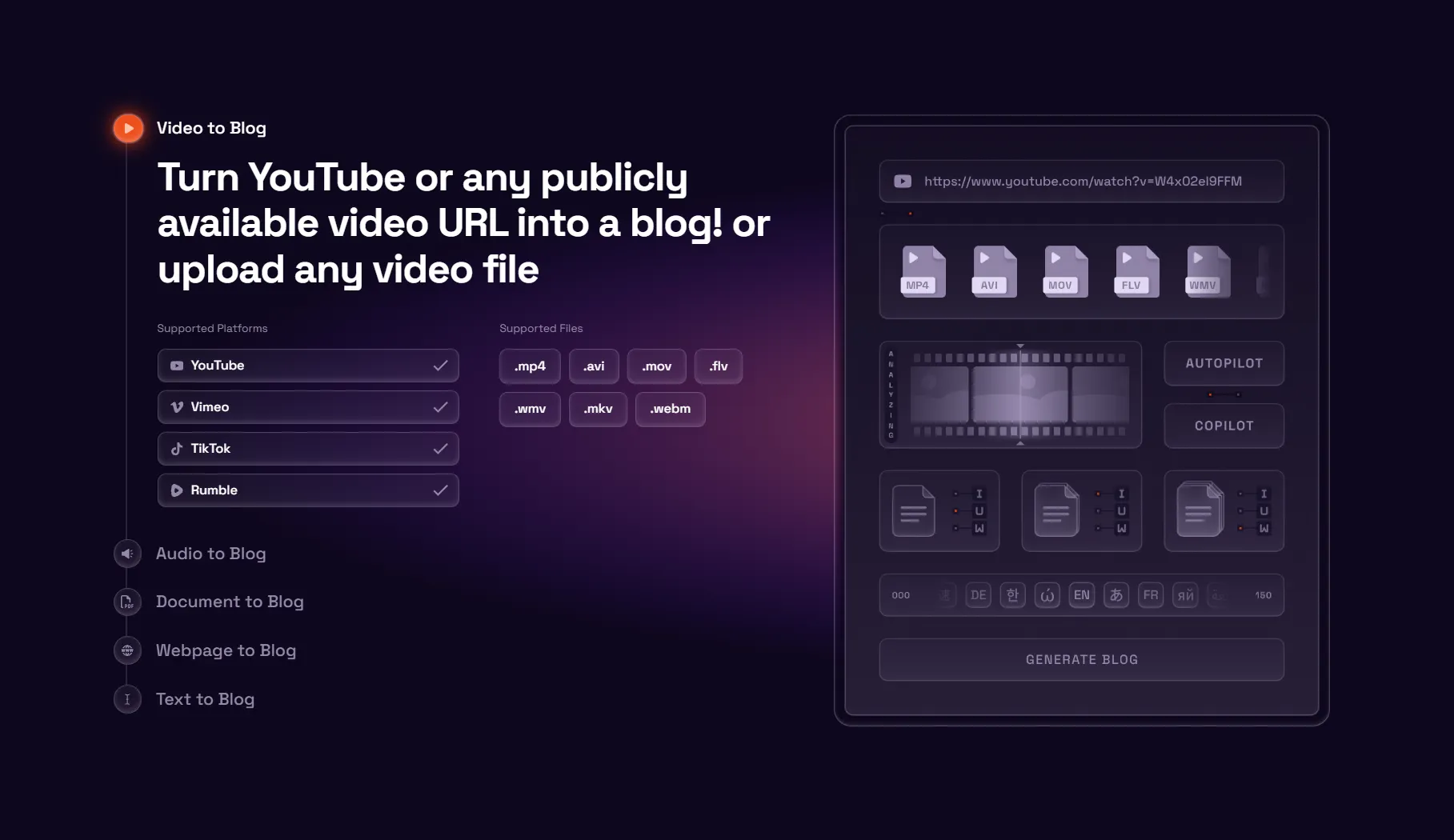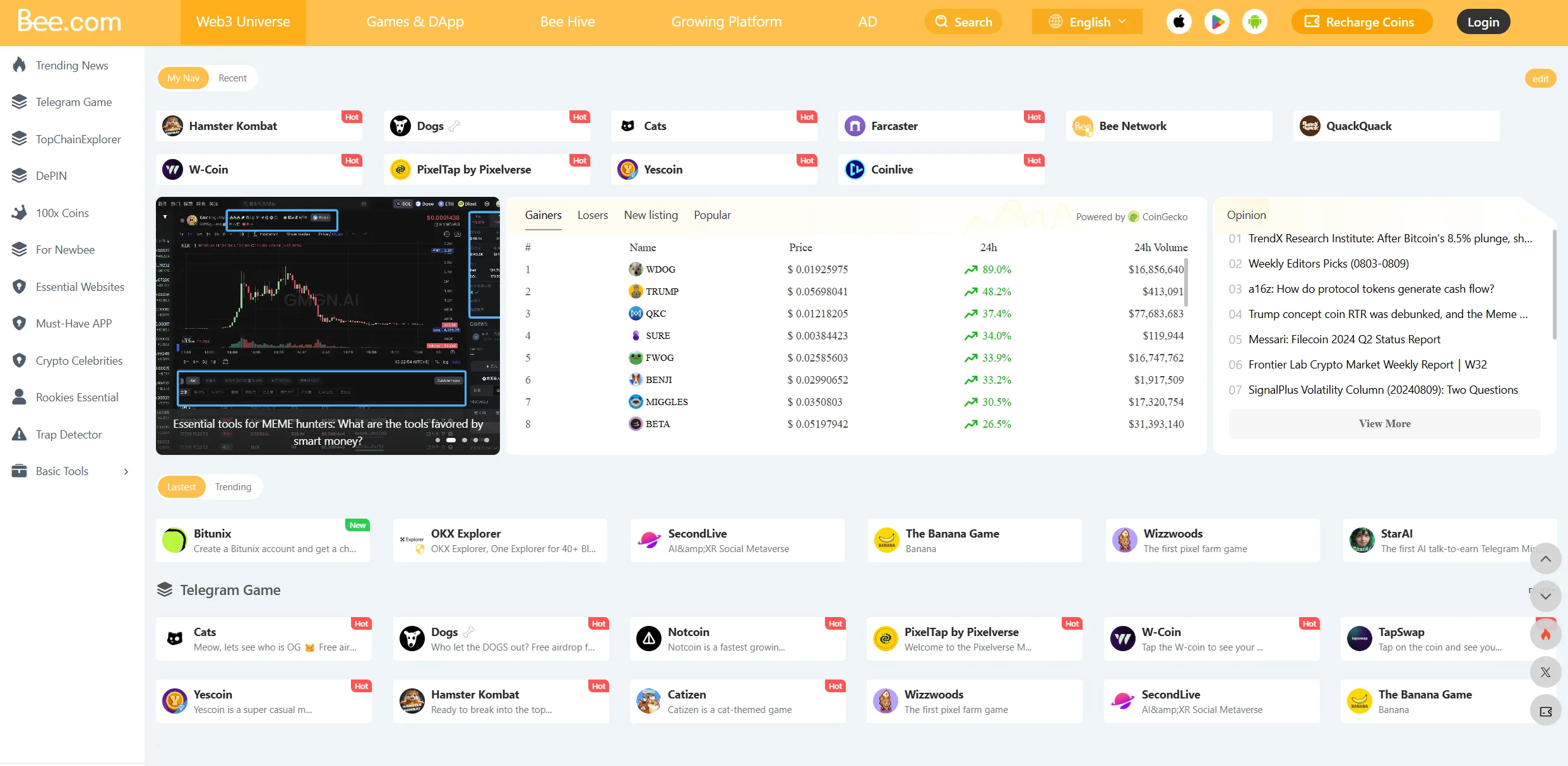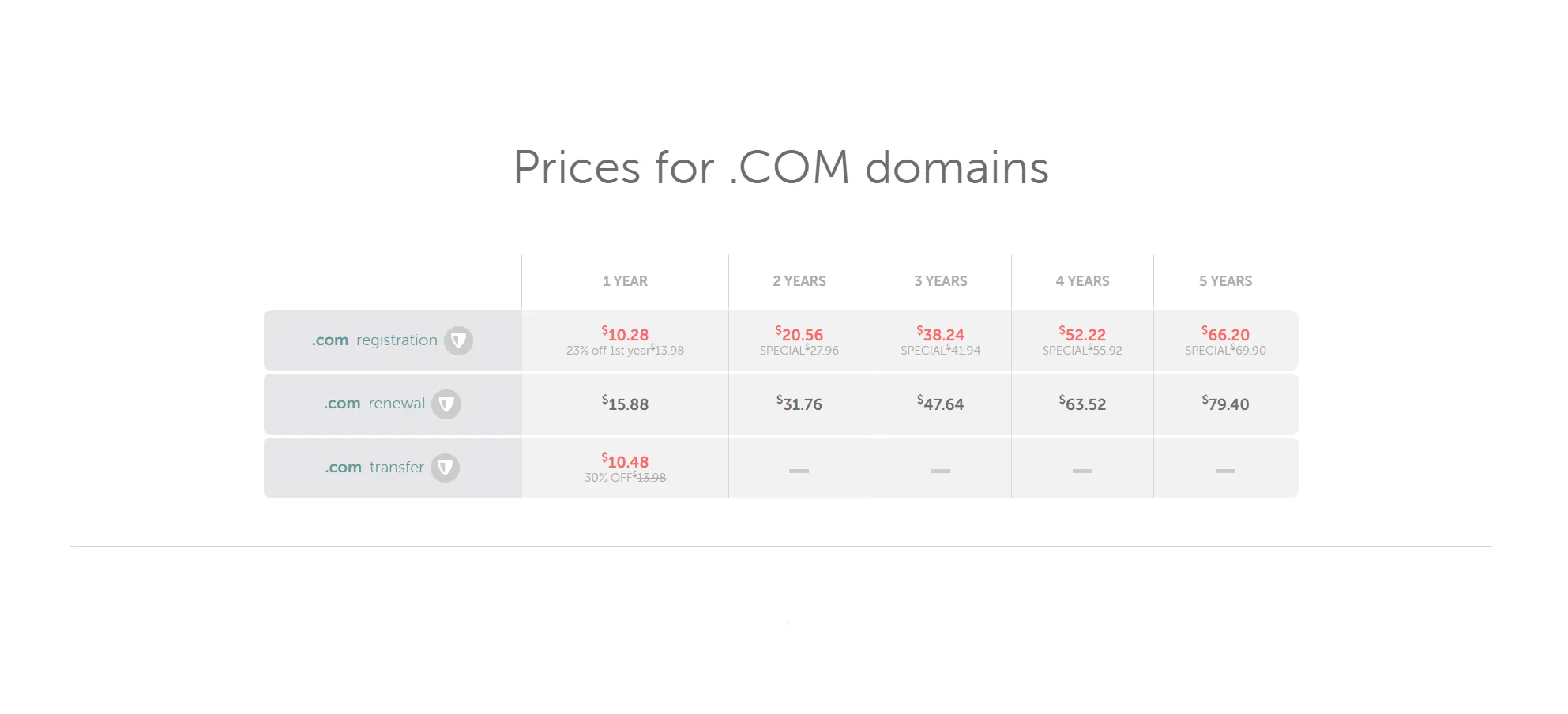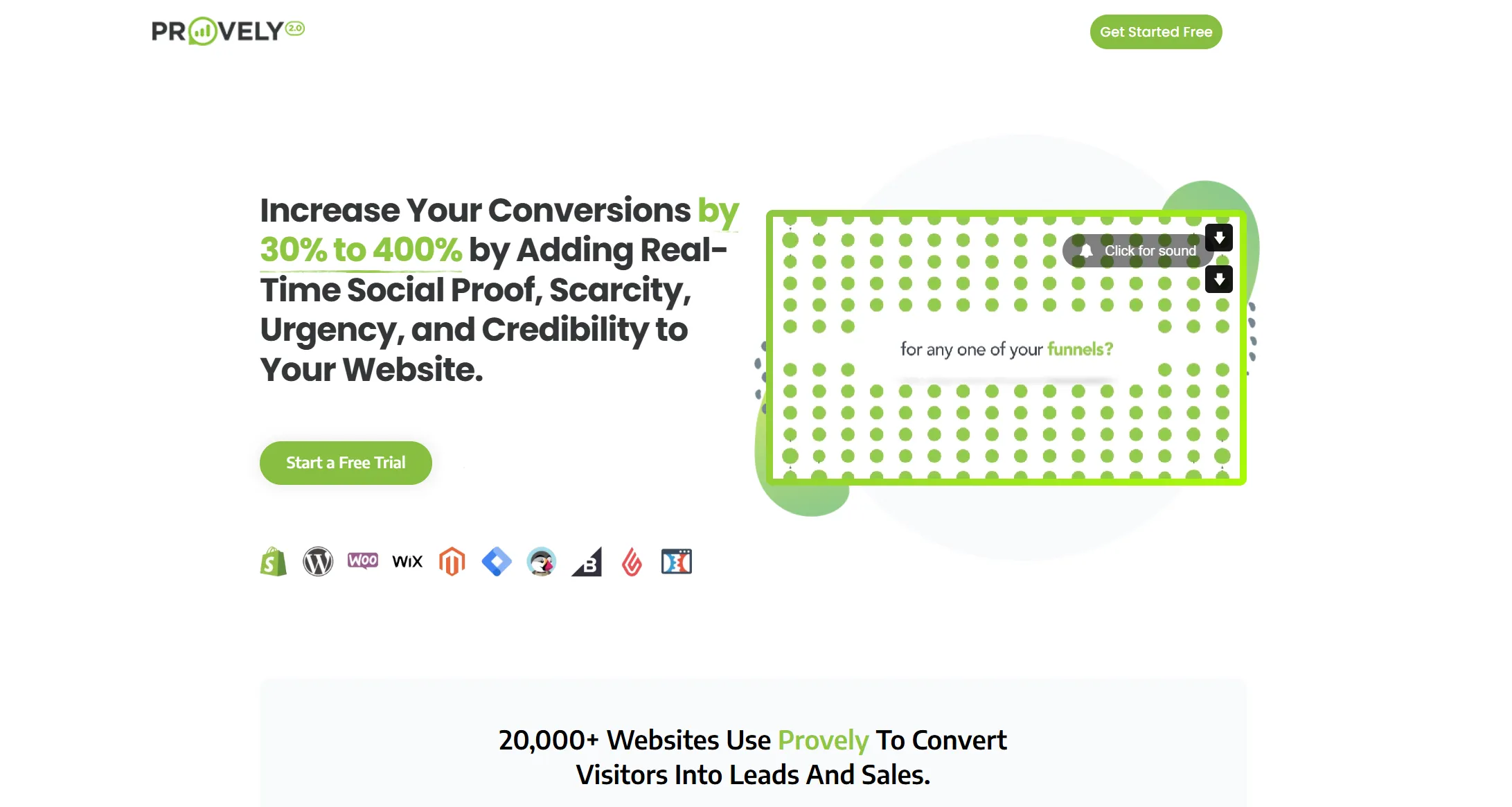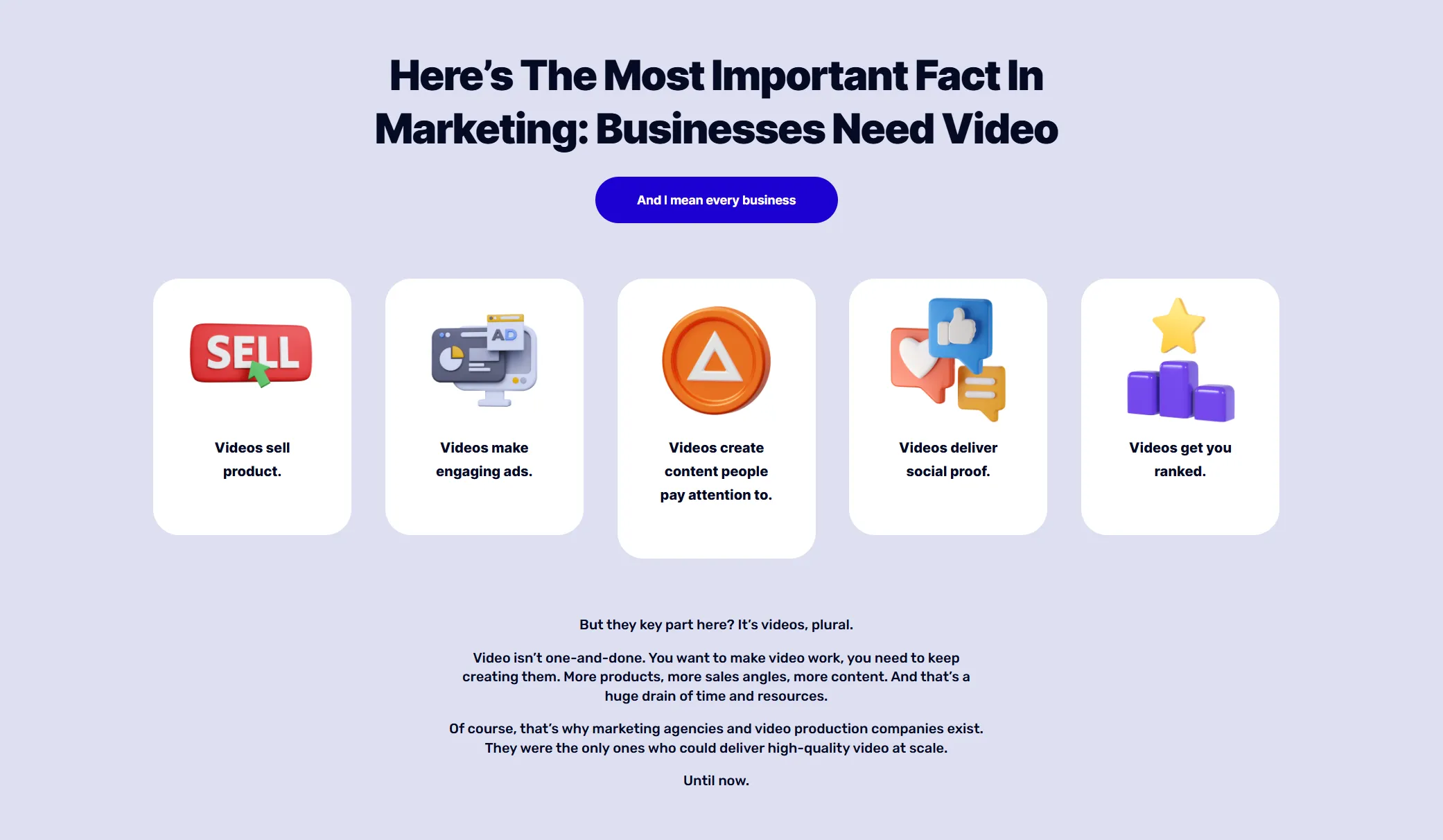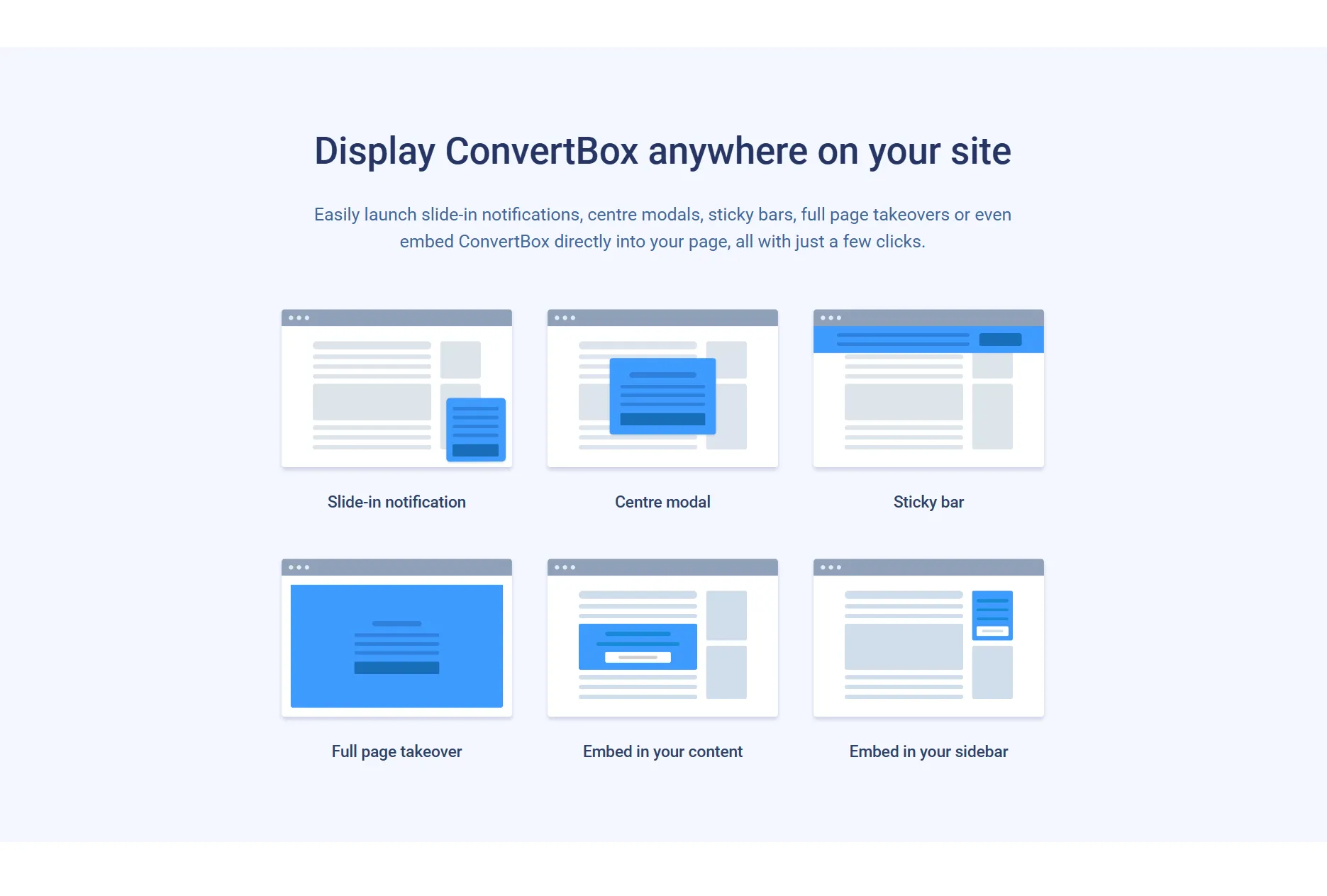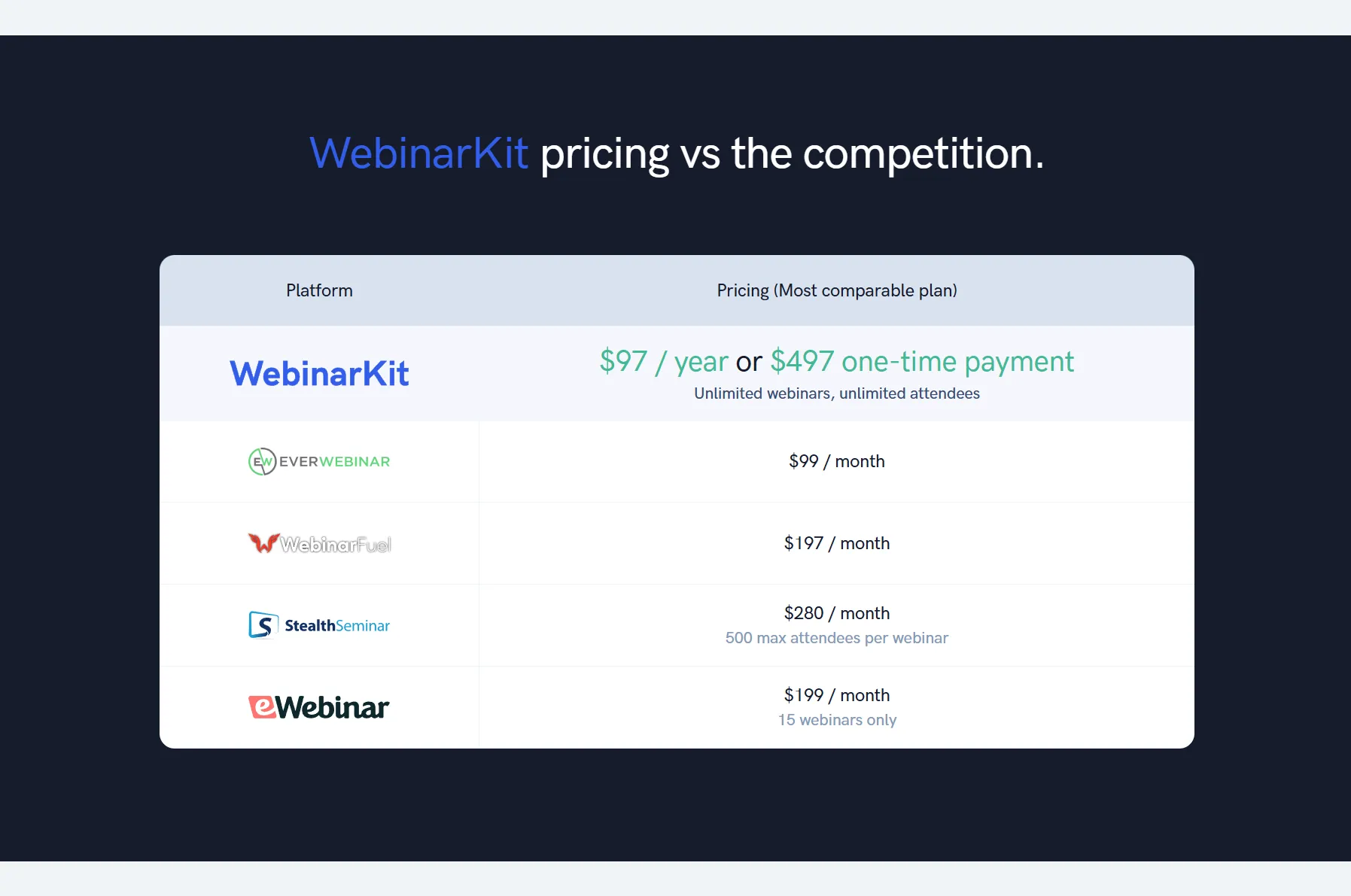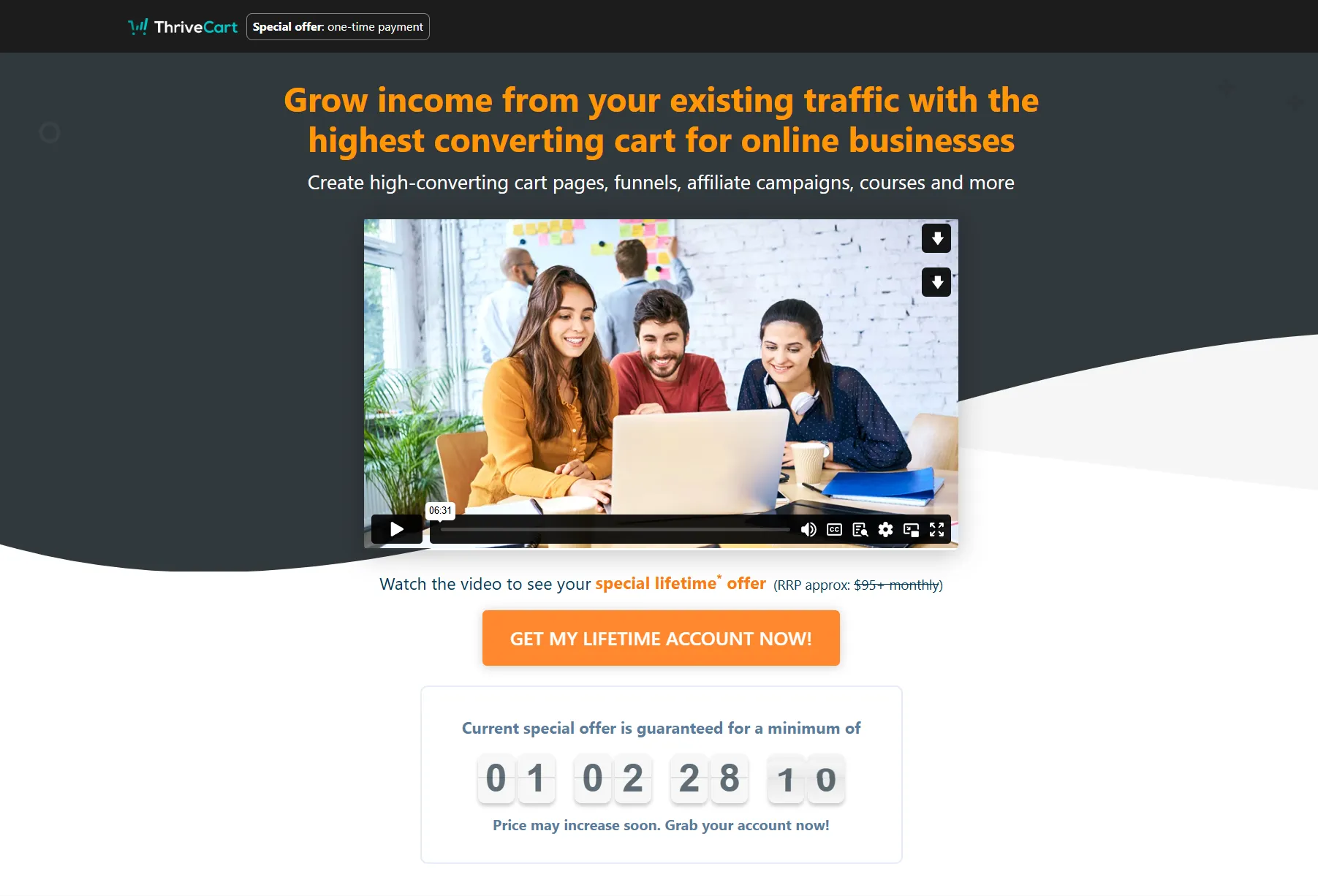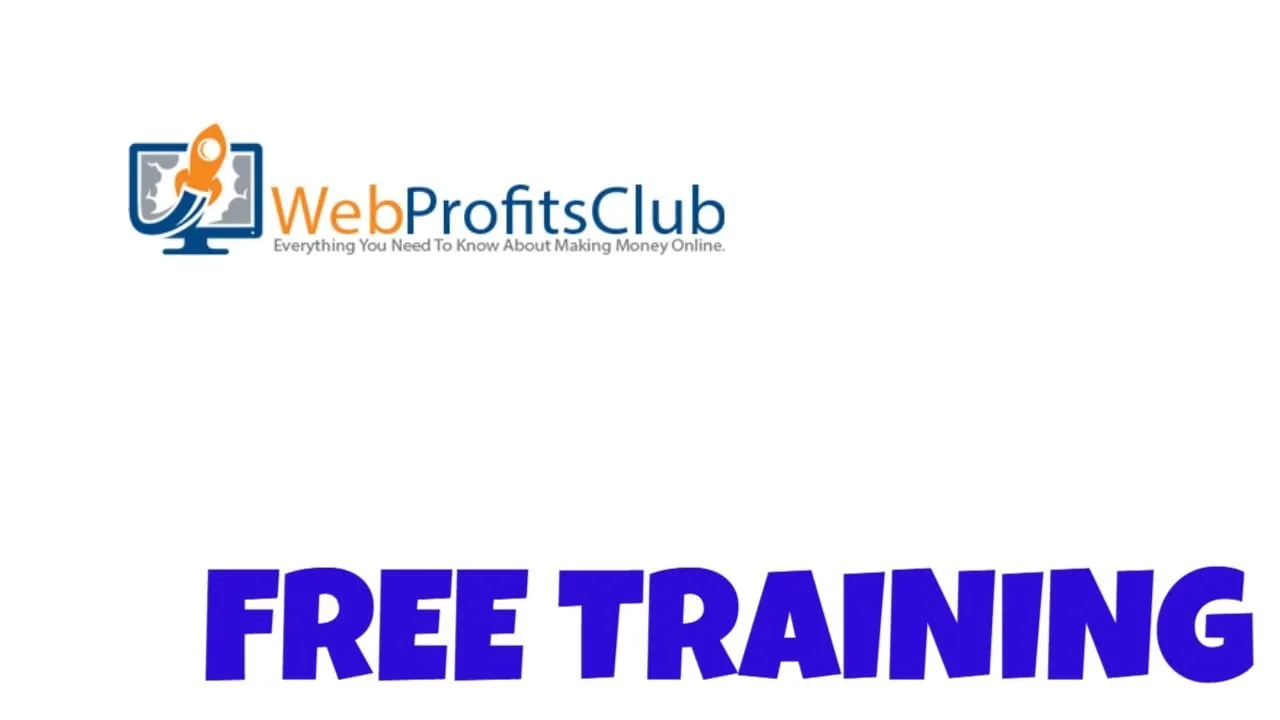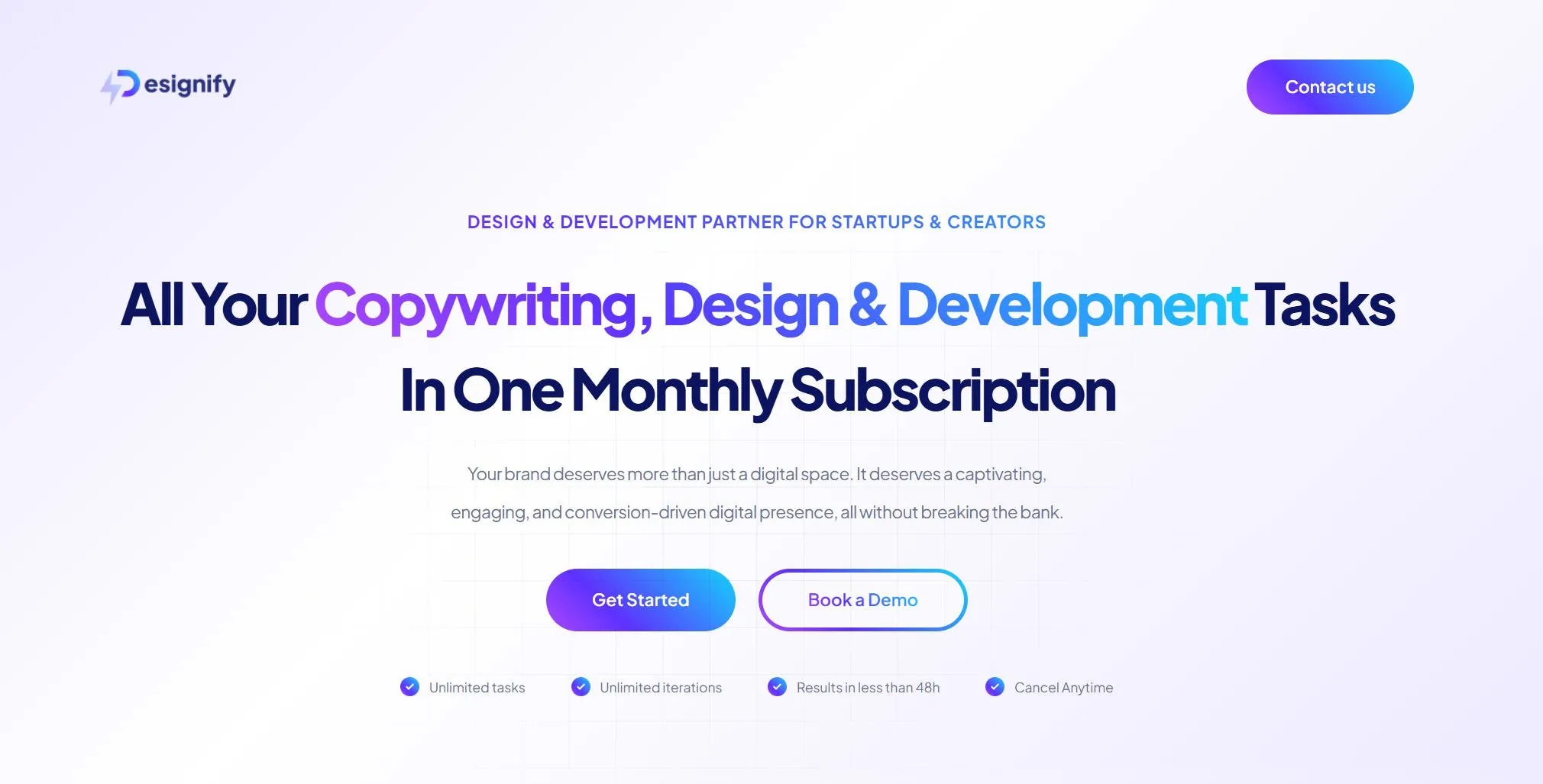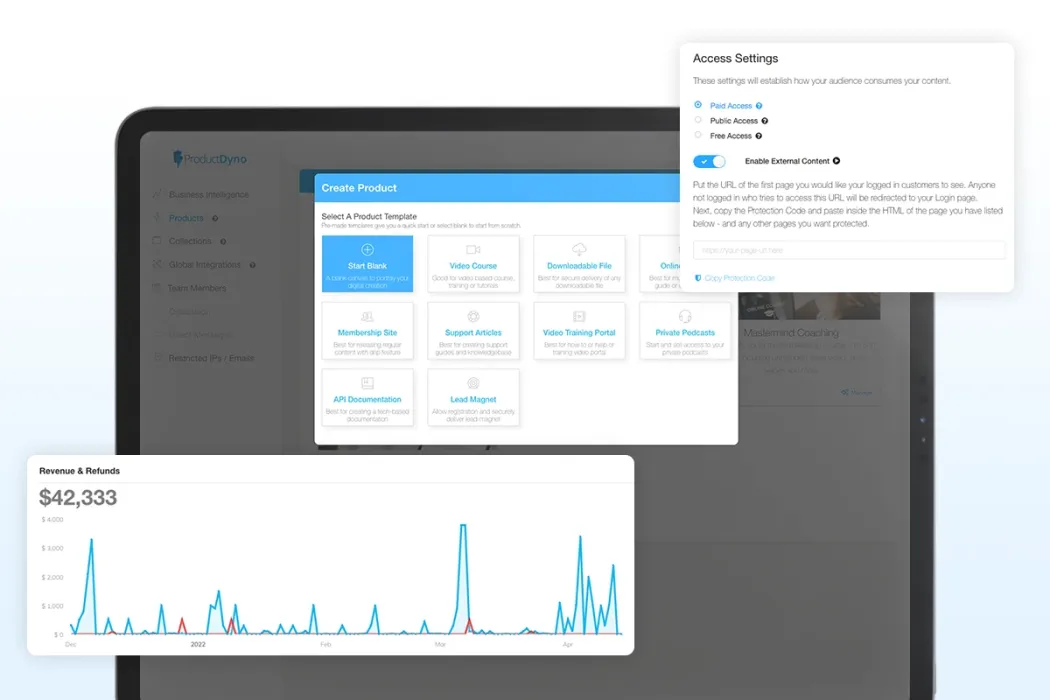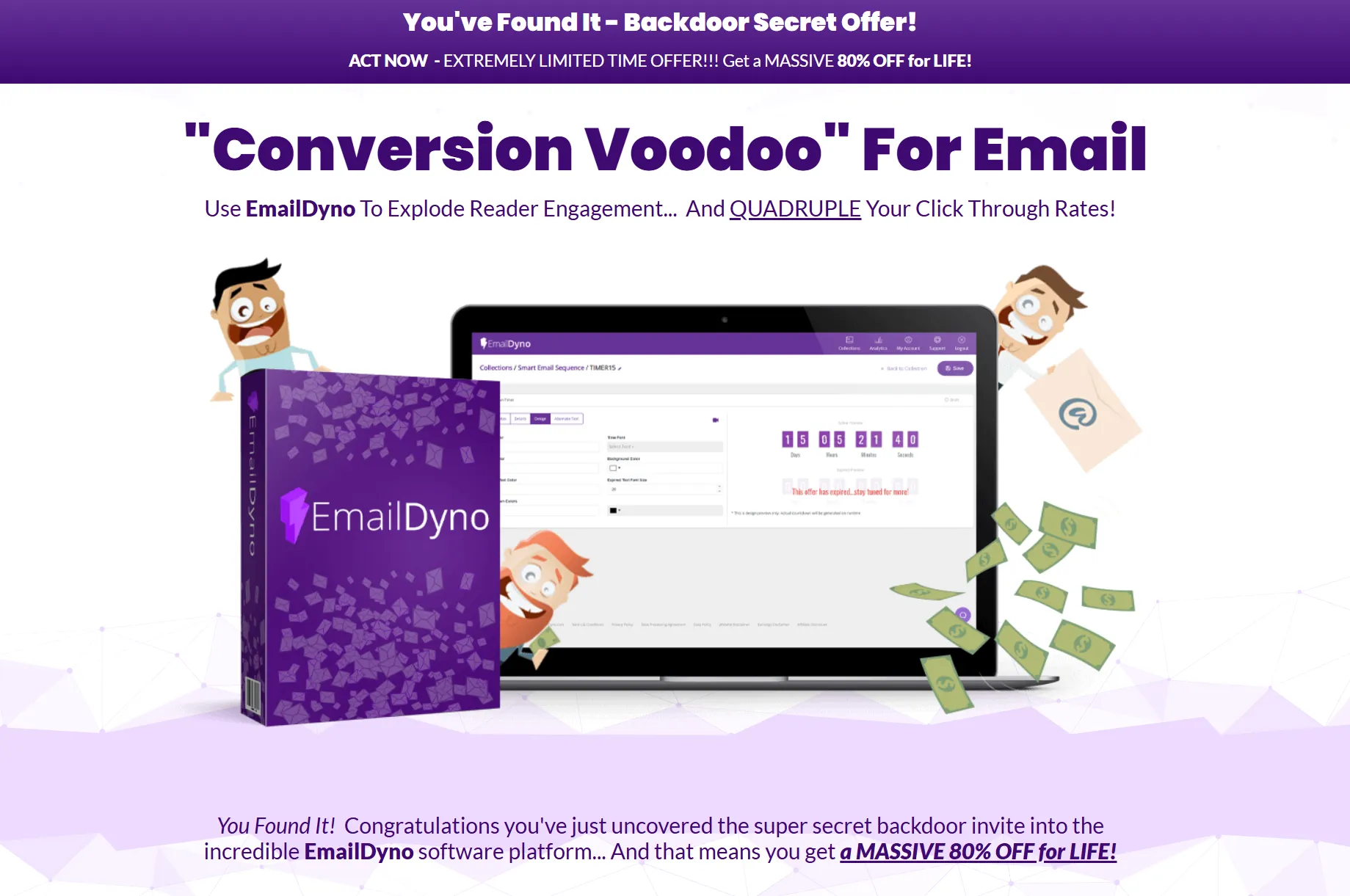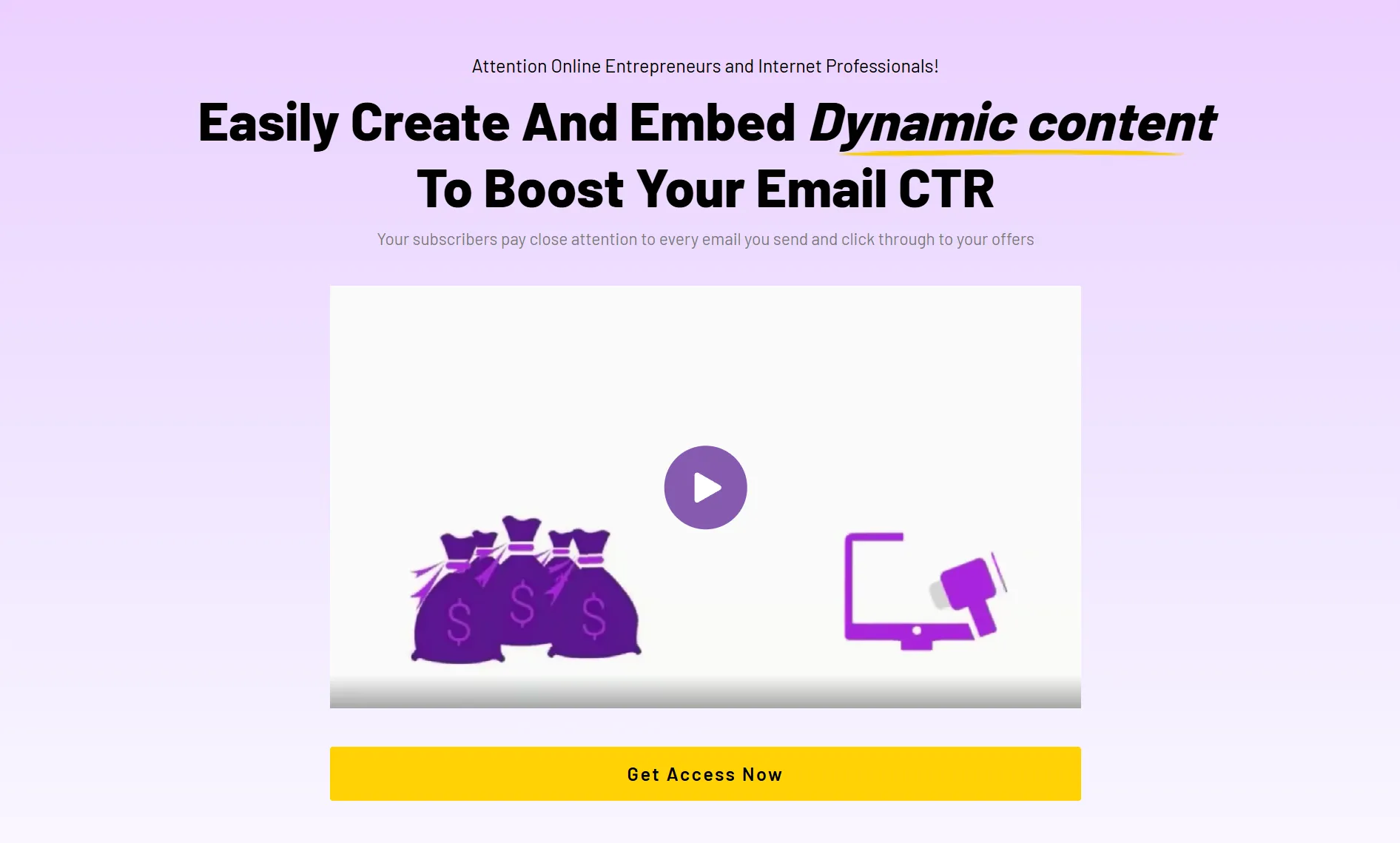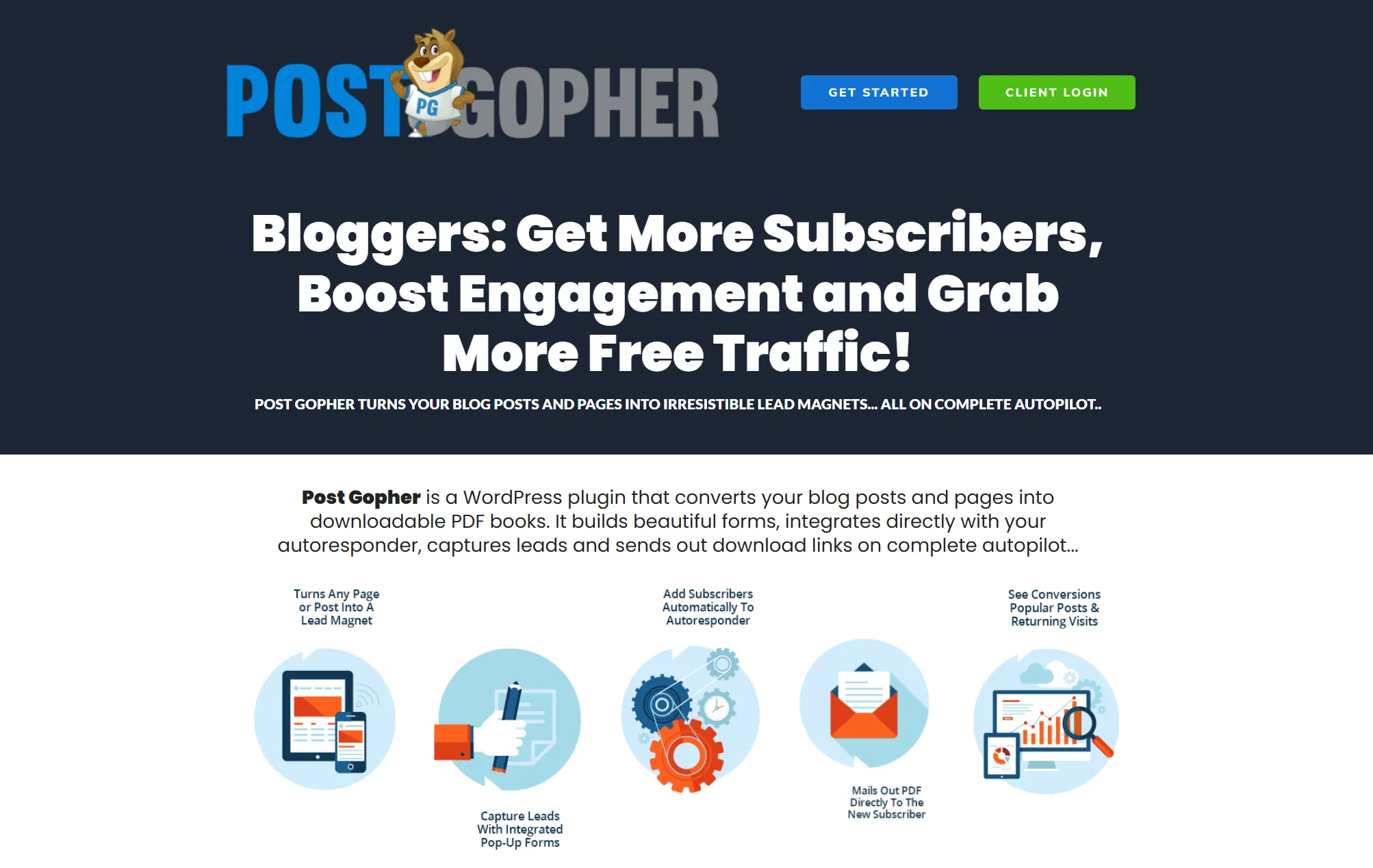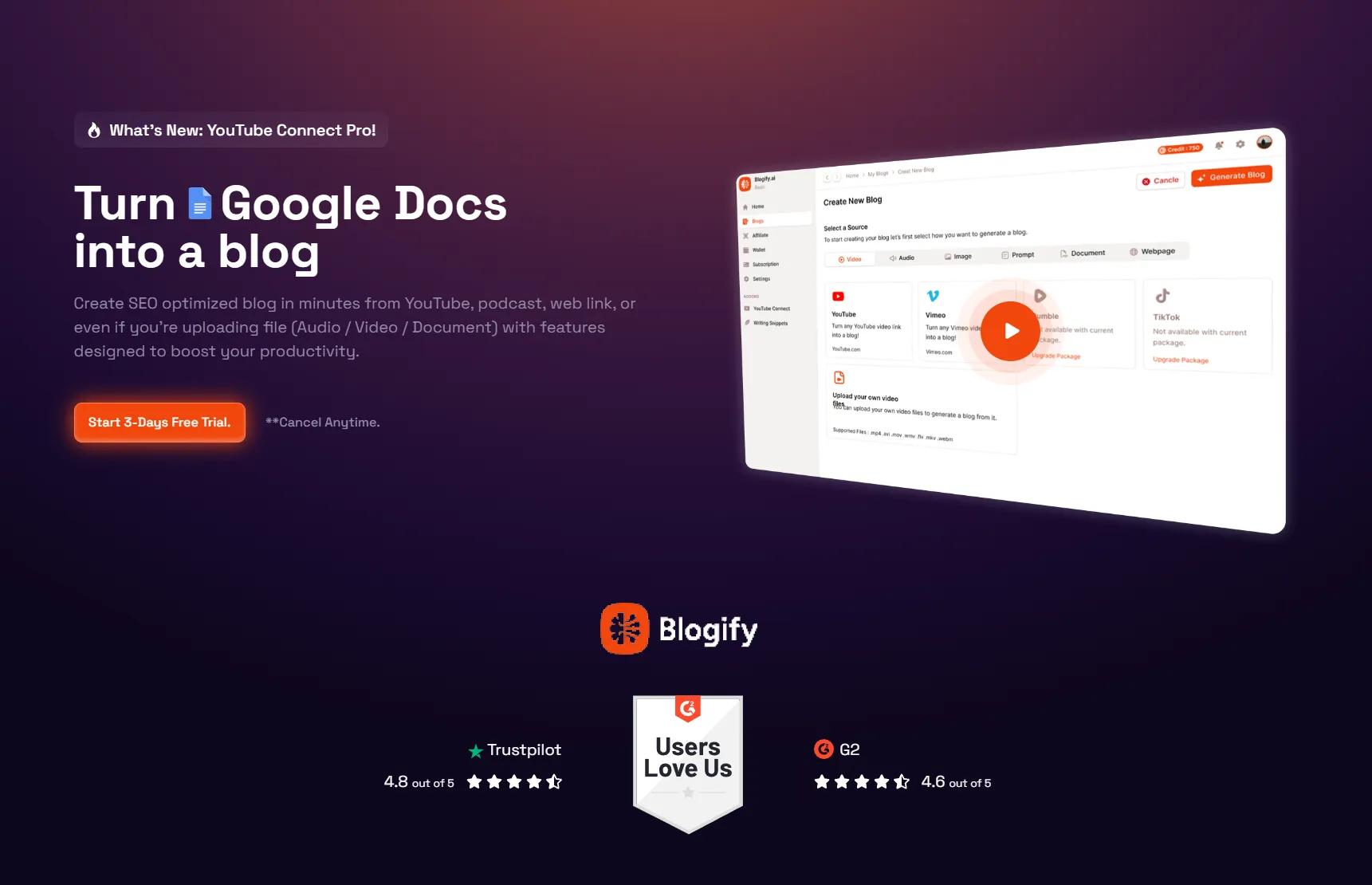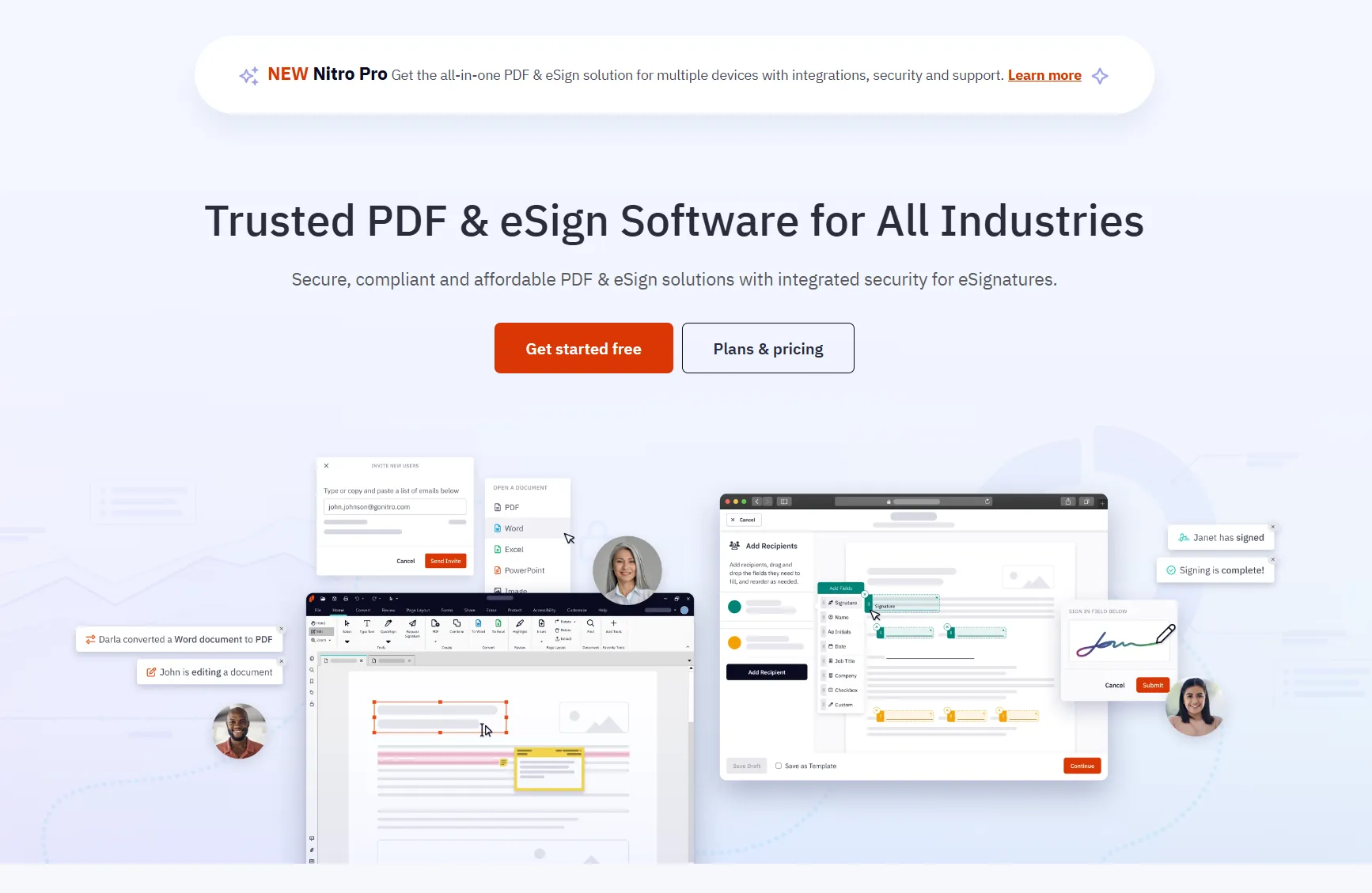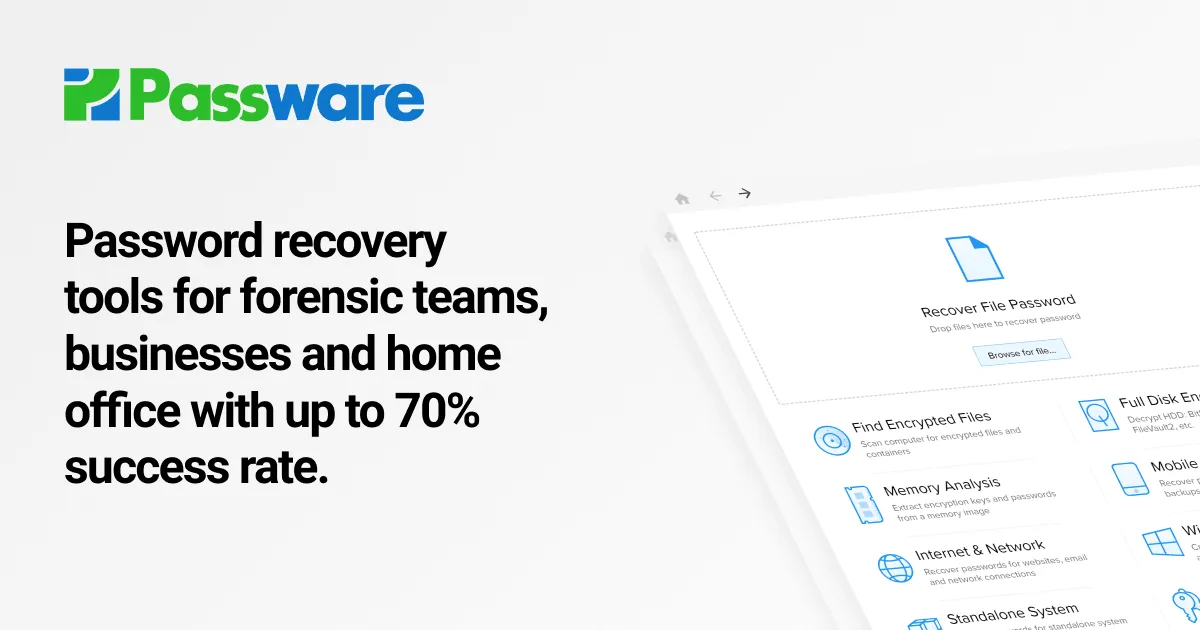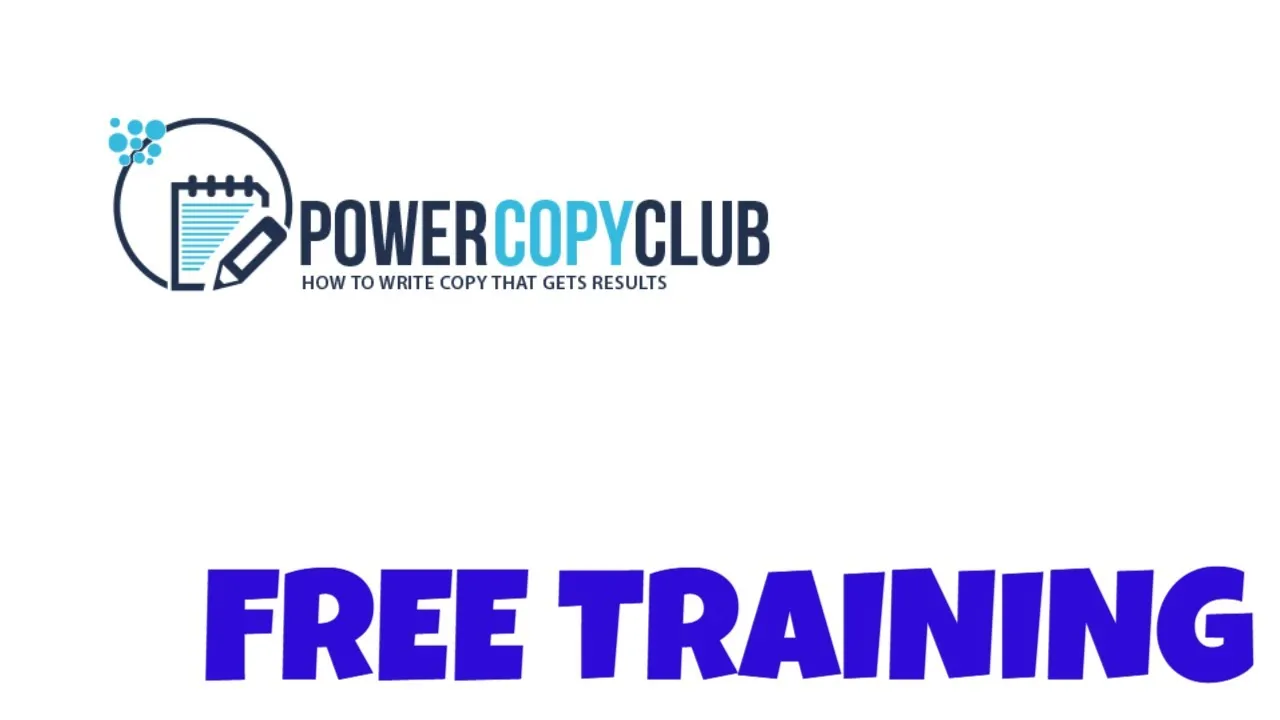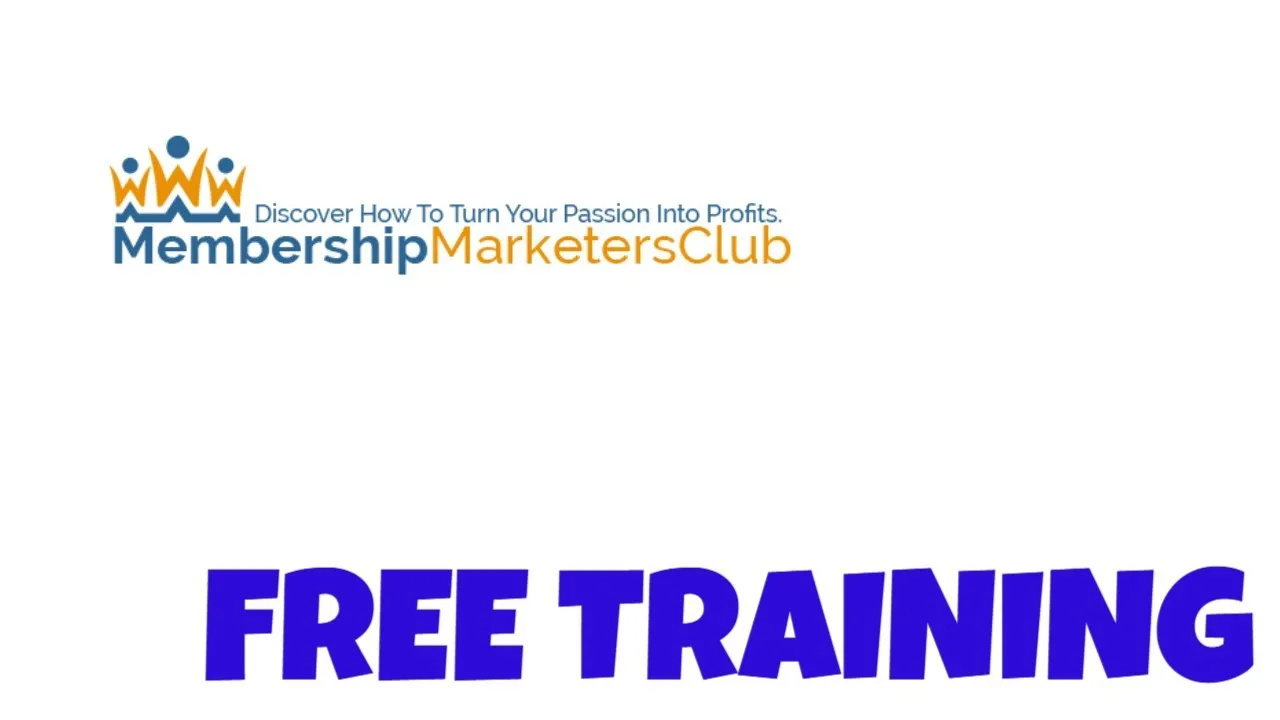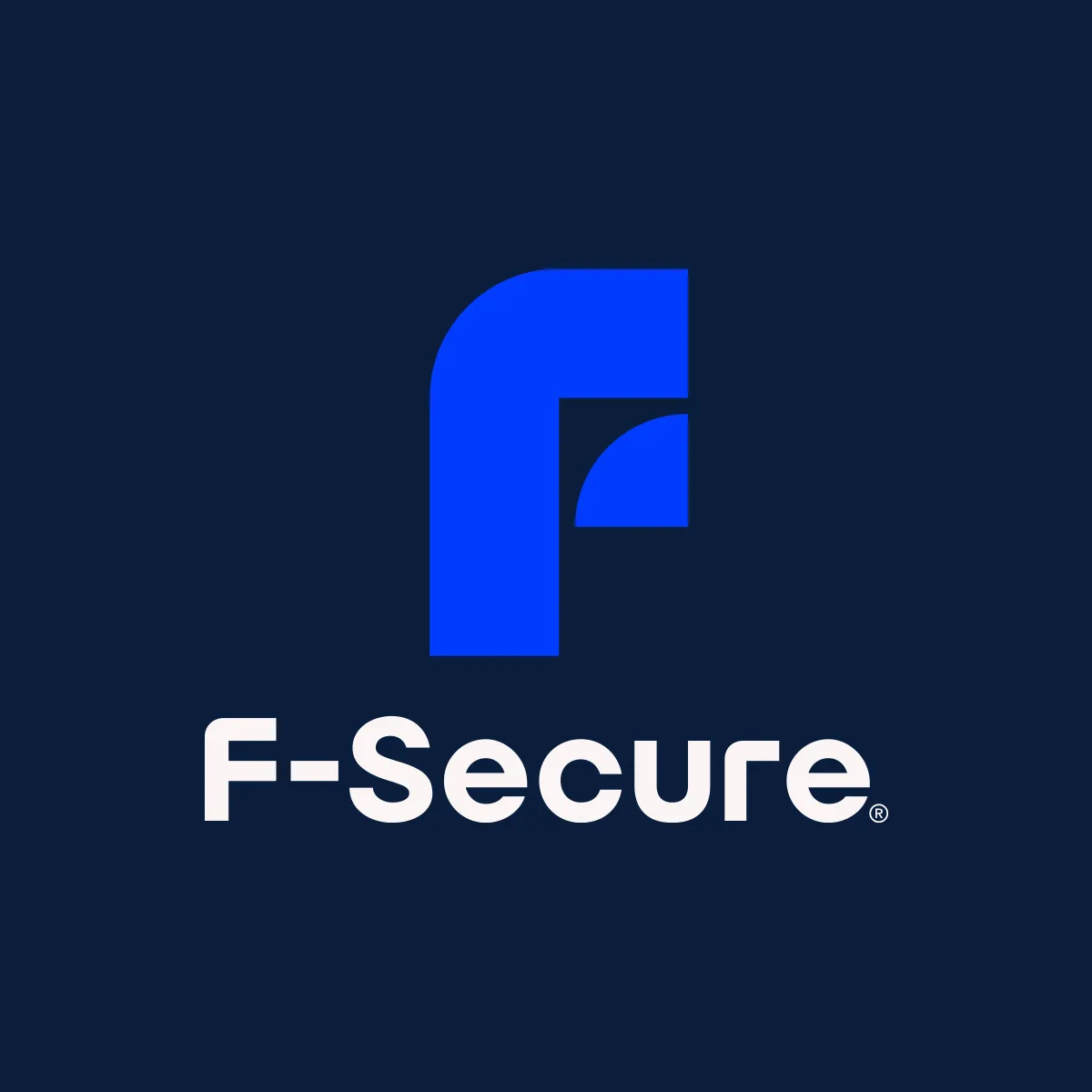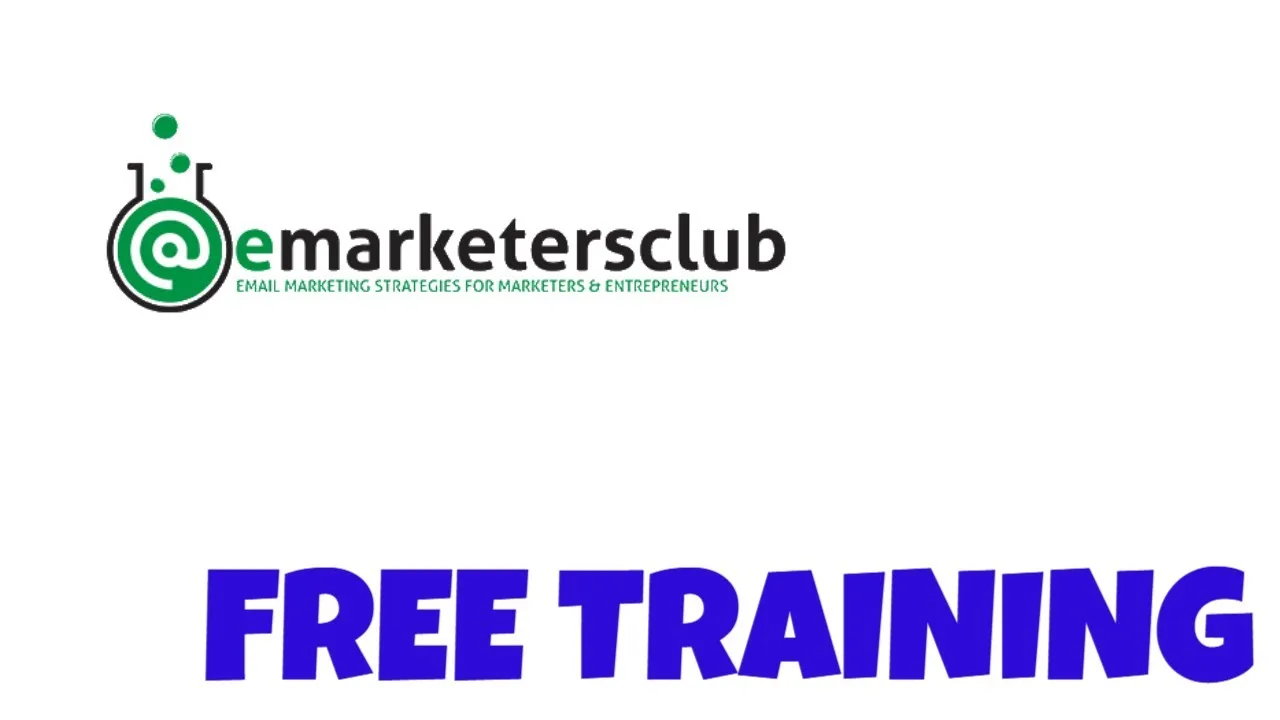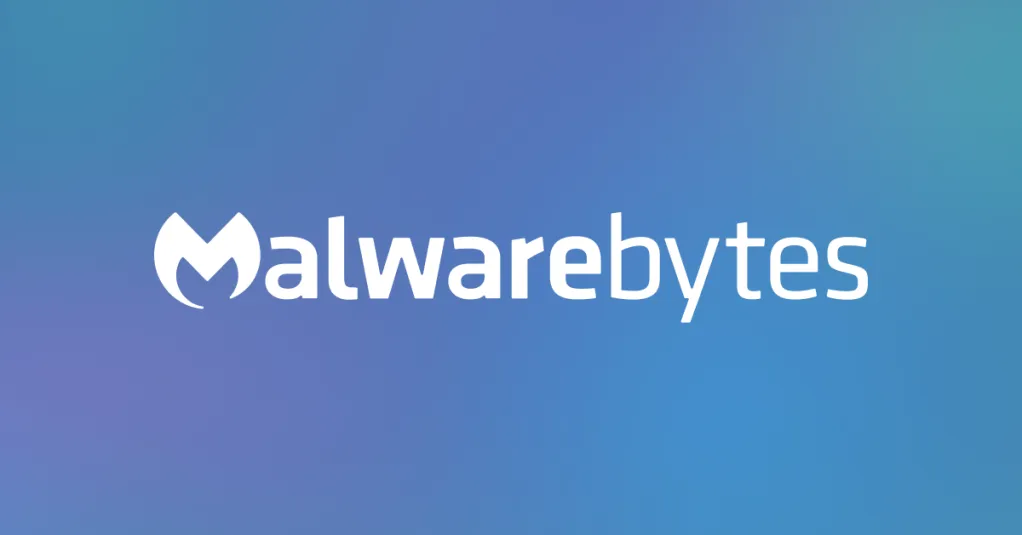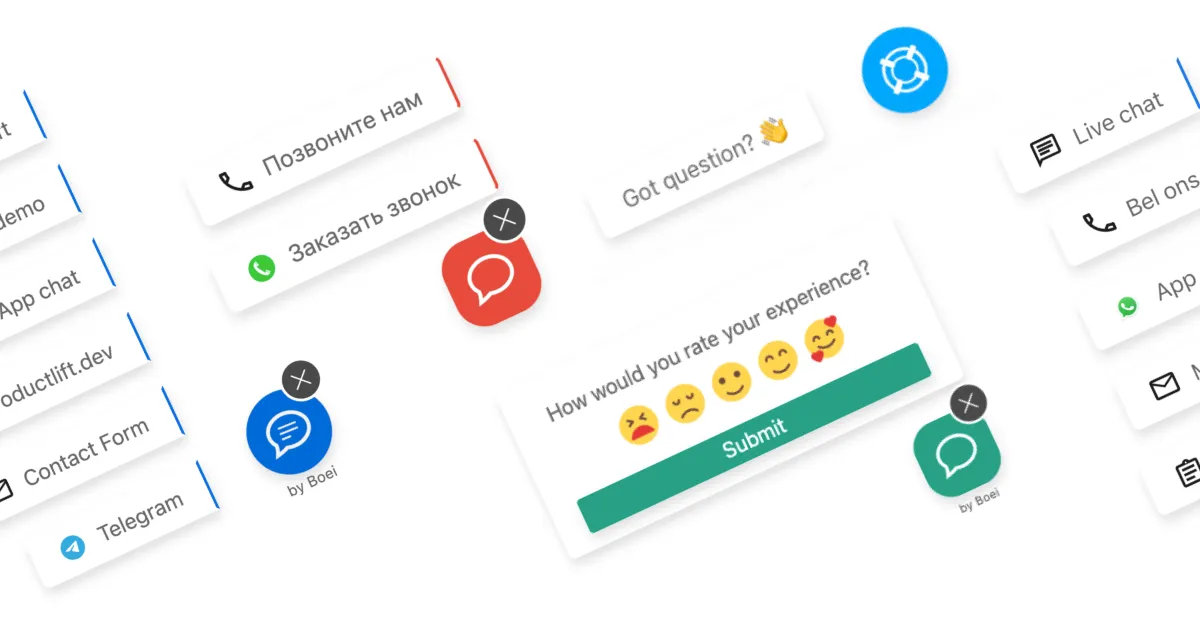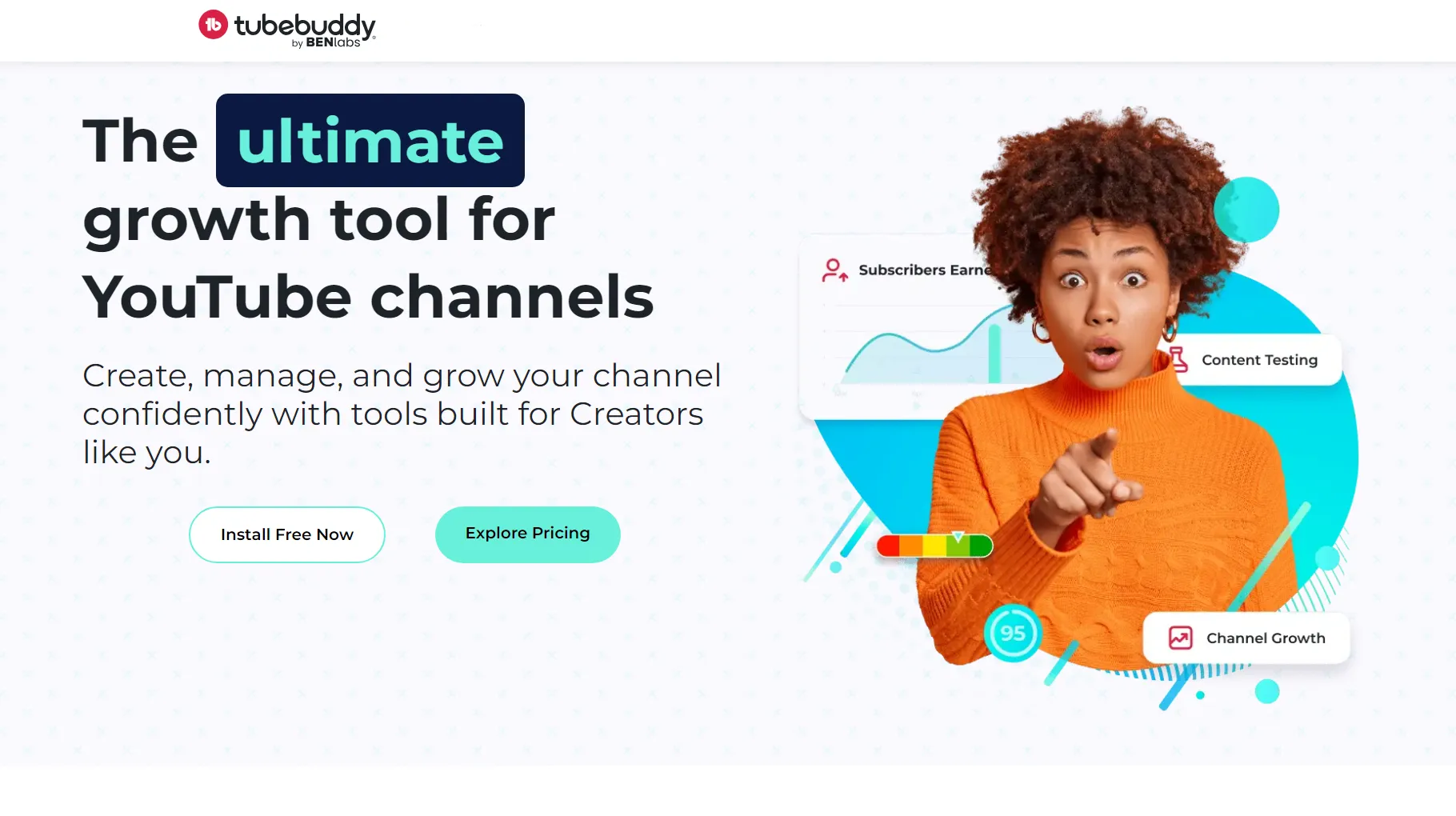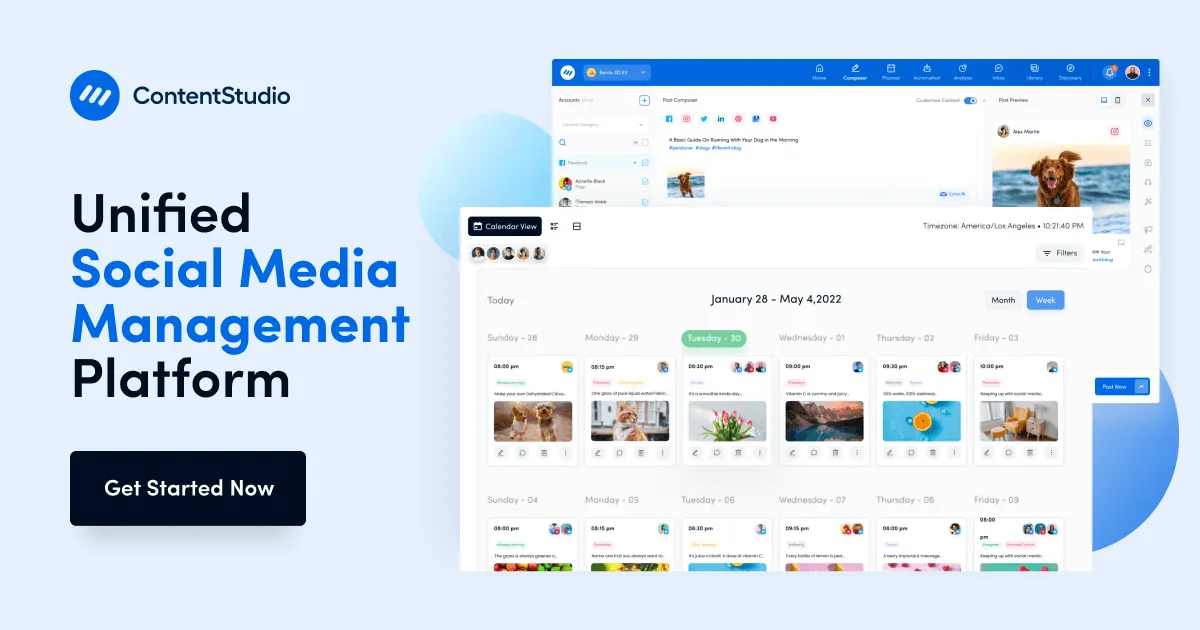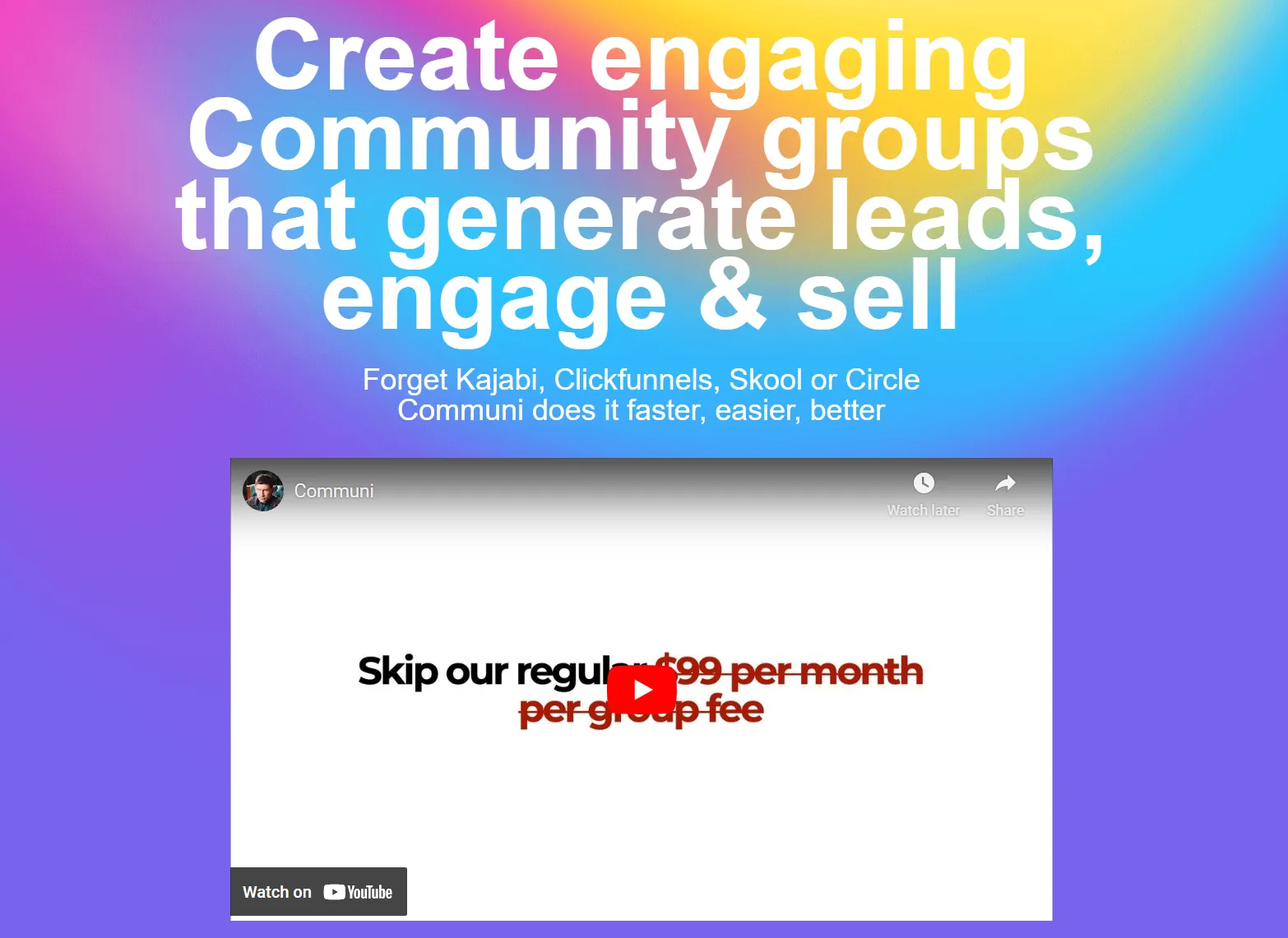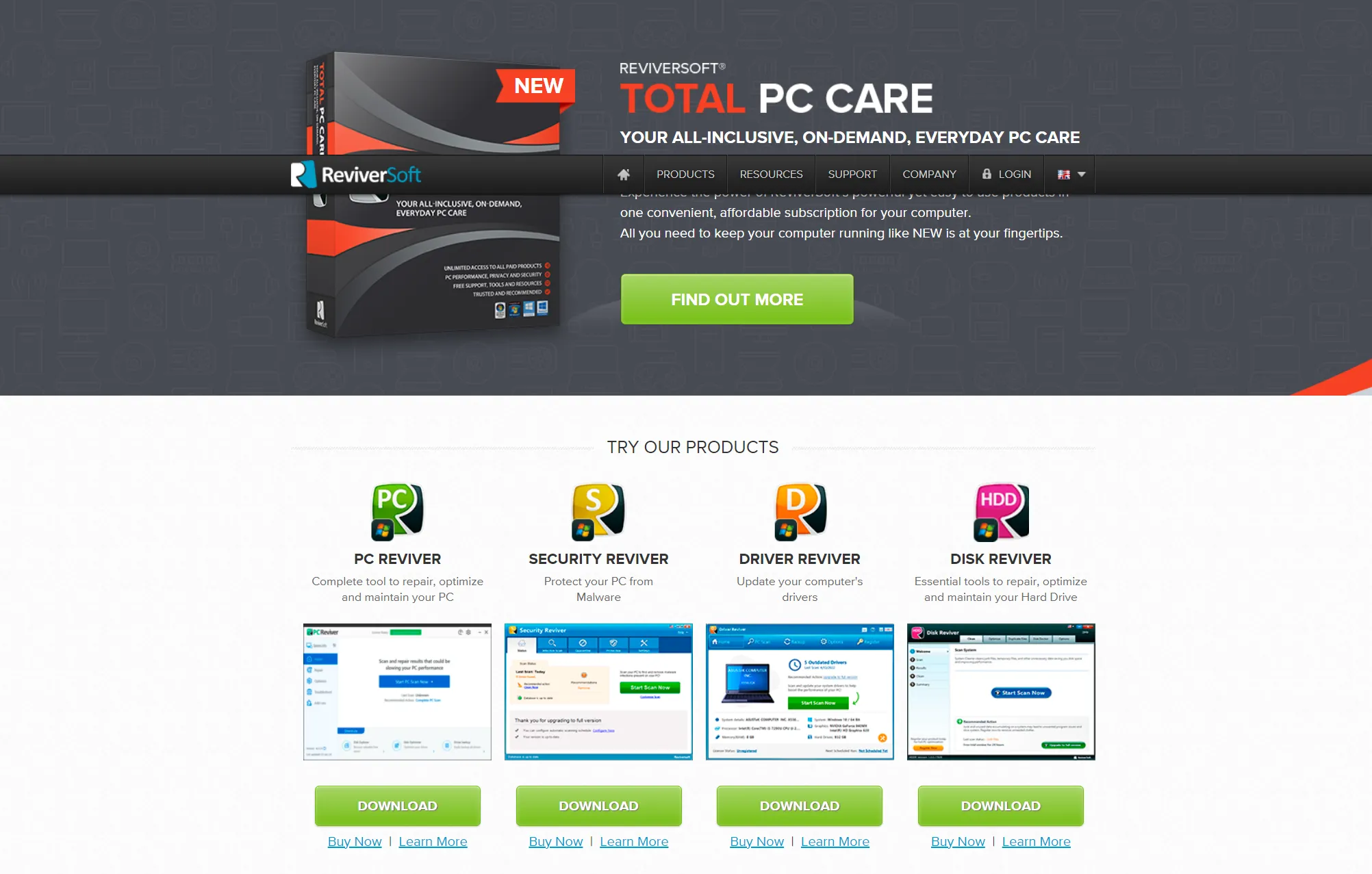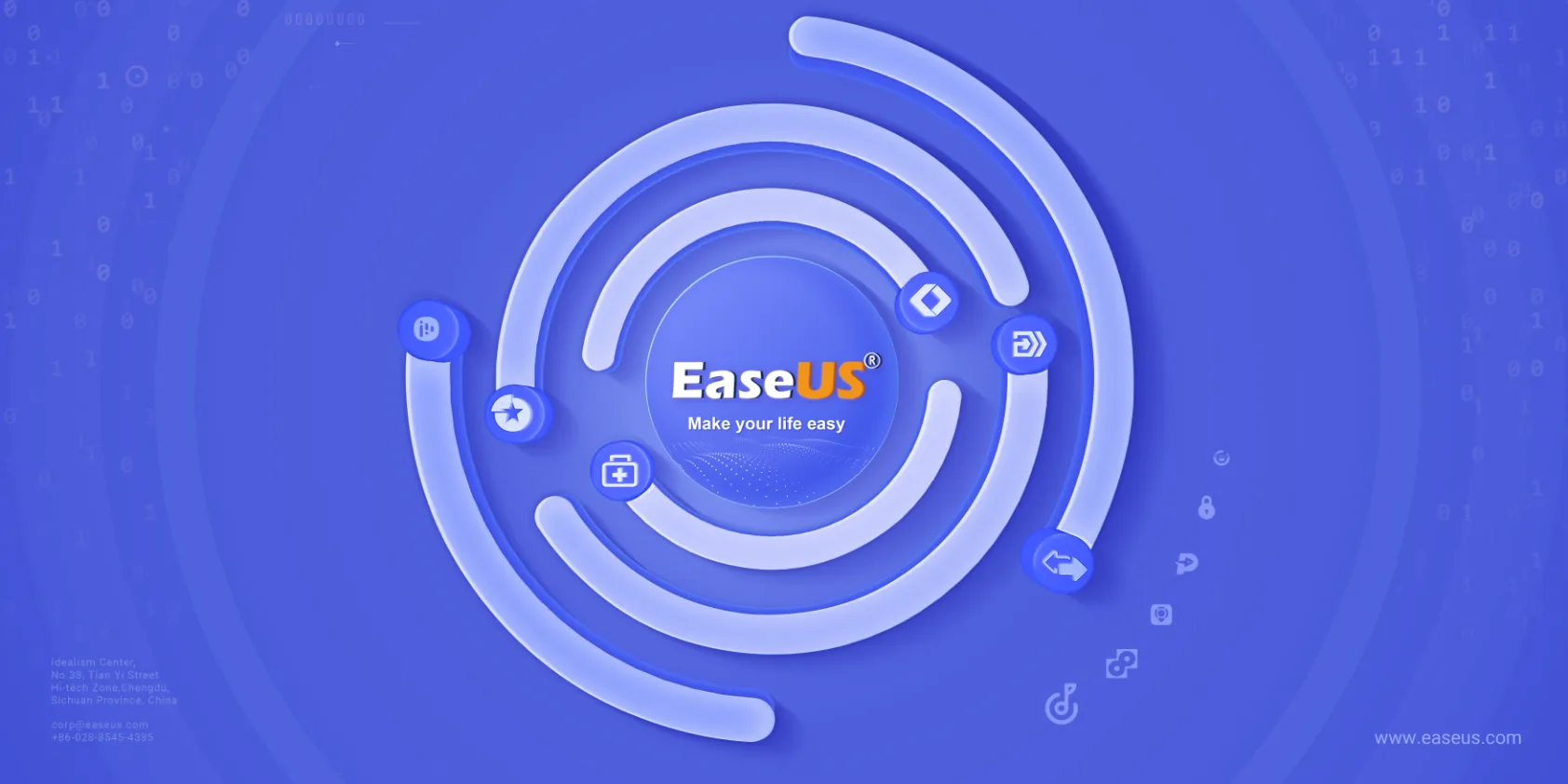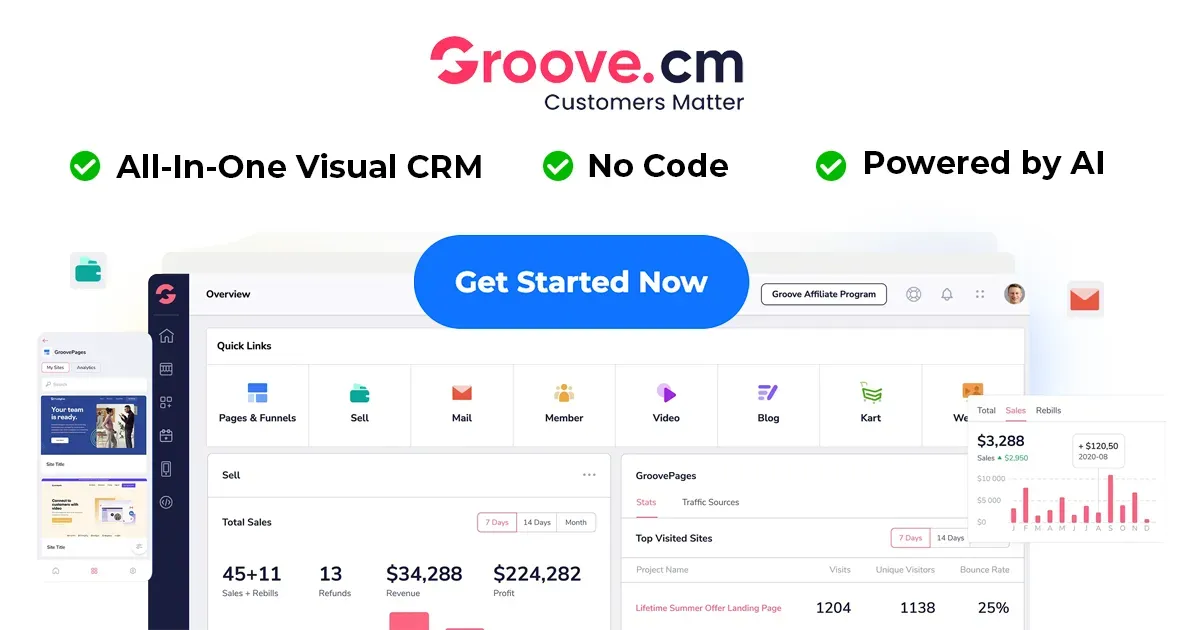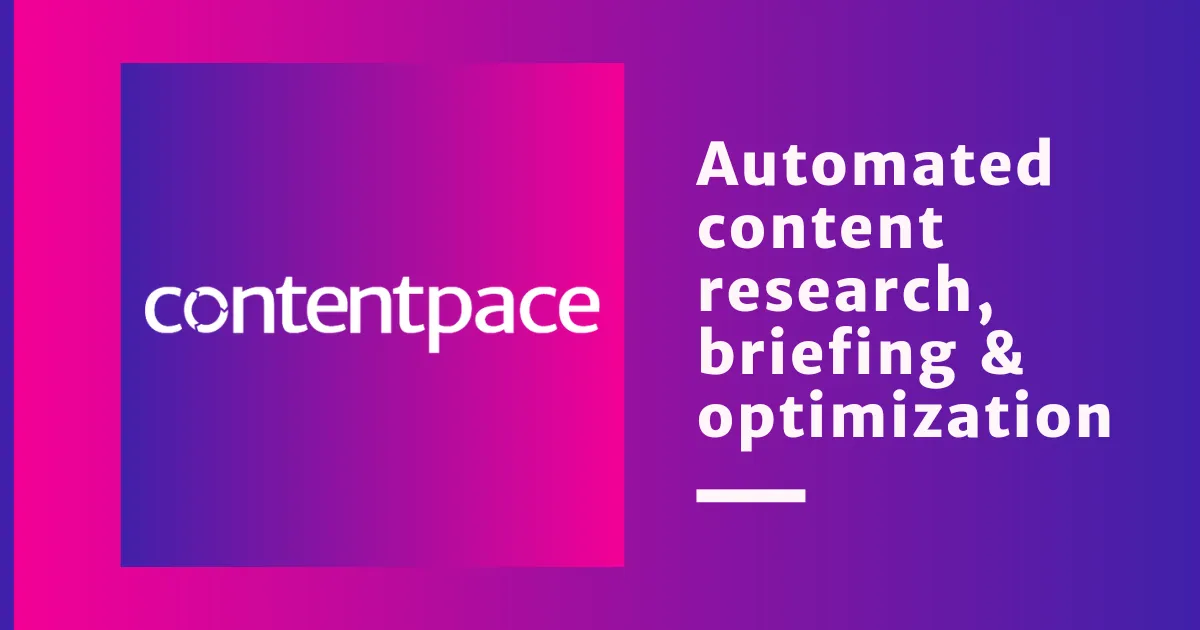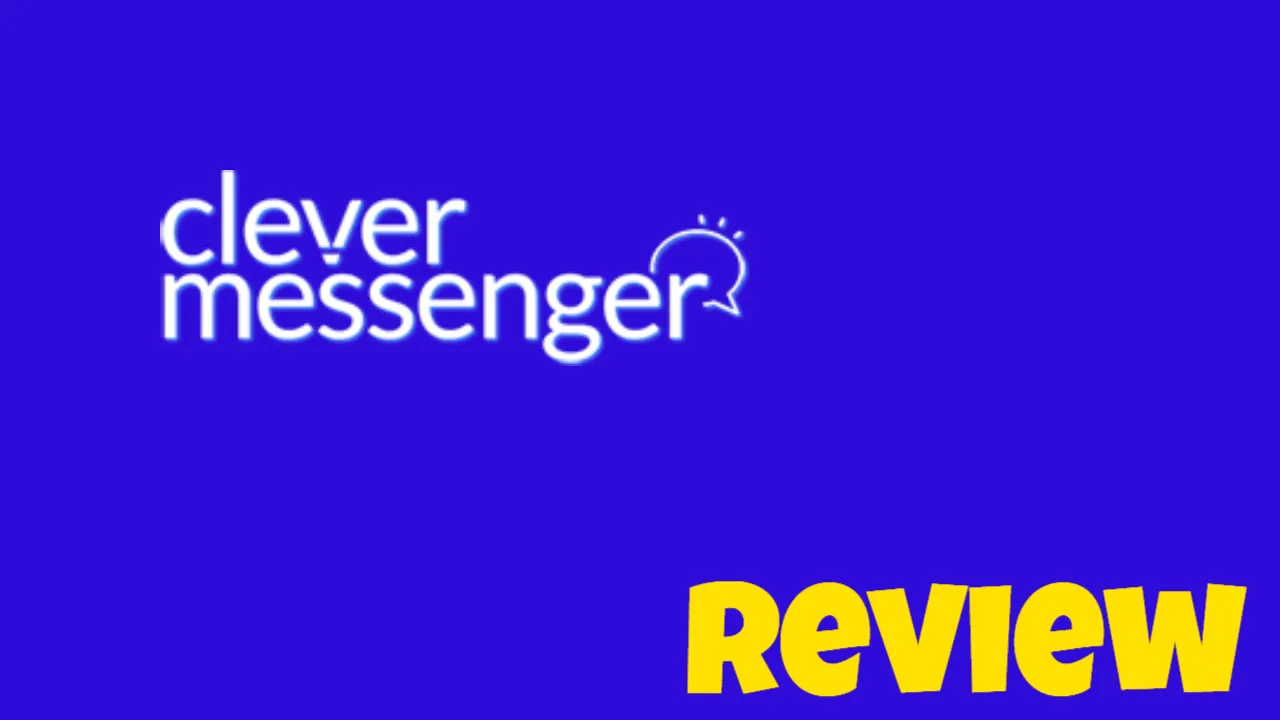Exploring Subscription Billing and Affiliate Management with PayKickstart
Average Reading Time: 9min.
Table of Contents
- Introduction: The Importance of Efficient Subscription Billing
- Chapter 1: Streamlined Checkout Experiences: Enhancing Customer Journeys
- Chapter 2: Harnessing Affiliate Programs for Increased Revenue
- Conclusion: To Sum It Up
The Importance of Efficient Subscription Billing
In the rapidly evolving landscape of digital commerce, subscription billing has emerged as a cornerstone for businesses striving for recurring revenue and sustained growth. Understanding recurring revenue models is not just an advantage but a necessity for companies that wish to secure their place in the market. These models not only provide consistent income but also create opportunities for customer engagement and loyalty. With the right strategies in place, businesses can significantly reduce churn rates, a critical metric in any subscription-based model.
Understanding Recurring Revenue Models
Recurring revenue models are the lifeblood of subscription-based businesses. By offering services or products on a subscription basis, companies create a predictable income stream. This financial stability is crucial as it allows businesses to plan for the future, allocate resources wisely, and invest in customer experience. Subscription billing is not merely about collecting payments; it involves creating a relationship with customers that encourages them to stick around.
Subscription Services: These can include anything from streaming services, such as Netflix, to software applications like Adobe Creative Cloud. Companies utilize recurring models to ensure users continuously utilize their platforms.
Membership Models: Retailers often opt for membership subscriptions, where customers pay an upfront fee for access to special deals or products, encouraging loyalty.
Freemium to Premium: Businesses like Spotify utilize this model, offering free access with upgrades to paid subscriptions, thereby generating recurring revenue as users switch to premium services.
In essence, understanding these models helps businesses tailor their offerings to meet market demands while bolstering their financial stability. Each model presents unique challenges and opportunities, making it imperative for companies to assess which aligns best with their objectives.
Impact of Billing Efficiency on Customer Retention
The efficiency of a business's billing system directly correlates with customer retention rates. Inefficient billing processes often lead to missed payments, customer frustration, and, ultimately, churn. In fact, studies have illustrated that subscription businesses with optimized billing processes can reduce churn by up to 30%. This statistic speaks volumes about the importance of a streamlined billing framework.
To foster a user-friendly experience, companies should consider the following aspects of billing efficiency:
Automation: Implementing automated billing systems eliminates the risk of human error and ensures timely payments, which significantly enhances customer trust.
Simplicity: A straightforward billing process allows customers to easily manage their subscriptions. A complex system can deter customers from continuing their service.
Flexible Payment Options: Providing various payment methods can cater to a broader customer base, ensuring that individuals have the choice that best suits their financial preferences.
"In the subscription economy, every billing cycle counts – optimize it, and you optimize retention." – Business Analyst
By focusing on efficient billing practices, businesses can prevent churn, cultivate customer loyalty, and ultimately enhance their bottom line. The impact is profound: A user-friendly billing system not only simplifies processes for customers but also aligns with a company's growth targets.
Case Study: Streamlining Billing for Profitability
Let’s consider a hypothetical case study of a software-as-a-service (SaaS) company that experienced difficulties with its billing management system. Initially, the company faced high churn rates, with 25% of its users discontinuing their subscriptions within the first six months. Upon investigation, it became clear that the organization’s billing processes were convoluted, leading to missed payments and customer dissatisfaction.
Recognizing the need for change, the company turned to a modern billing platform capable of automating invoice generation, managing payment processing, and providing customers with self-service billing options. Within three months of implementing this new system, the organization experienced a remarkable reduction in churn rates—down to 10%—along with a 50% increase in monthly recurring revenue.
This case study serves as a prime example of how streamlining billing processes can lead to significant improvements in both customer satisfaction and profitability. It illustrates that investing in the right tools can yield remarkable returns.
Statistics on Subscription Churn Rates
Churn rates serve as a poignant indicator of a subscription business’s health. Here are some relevant statistics worth noting:
Average Churn Rates by Industry
- Telecommunications: 15-20%
- SaaS: 5-10%
- Streaming Services: 10-30%
- eCommerce Subscription Boxes: 30-50%
These numbers indicate that subscription businesses face considerable risks related to customer retention. Establishing robust billing systems helps to fortify against these risks, ensuring that customers remain satisfied and engaged over time.
Comparison of Revenue Growth Before and After Implementing a Robust Billing System
Shifting focus to revenue growth, statistics suggest that businesses that invest in optimized billing systems see tangible benefits. A survey of companies that revamped their billing practices revealed:
Impact of Implementation
Before Implementation:
- Average Monthly Revenue: $30,000
- Churn Rate: 20%
- Customer Satisfaction: 60%
After Implementation:
- Average Monthly Revenue: $60,000
- Churn Rate: 5%
- Customer Satisfaction: 90%
The data underscores that a focus on billing efficiency not only enhances customer experience and retention but also leads to significant revenue growth. Businesses can thrive and grow in an increasingly competitive marketplace through the use of user-friendly systems that simplify subscription management.
The importance of efficient subscription billing cannot be overstated. In a space where customer loyalty is paramount, ensuring a seamless billing process is crucial for retaining subscribers and increasing revenue. By examining recurring revenue models, emphasizing the impact of billing efficiency, and observing successful case studies, it becomes clear that a well-structured billing system serves as an engine for growth, transformation, and lasting customer relationships.
Streamlined Checkout Experiences: Enhancing Customer Journeys
In the world of e-commerce, the checkout process symbolizes the critical juncture where potential customers decide whether to complete their transactions or abandon their shopping carts. Studies have shown that a seamless checkout experience significantly influences customer satisfaction and loyalty. Statistics reveal that an astonishing 69.57% of online shoppers abandon their carts, often due to complications during the checkout process. This massive figure underscores the necessity for businesses to prioritize checkout optimization.
The Importance of a Seamless Checkout Process
A well-crafted checkout flow is paramount for businesses aiming to convert leads into sales. A cumbersome and intricate process not only frustrates customers but also diminishes their confidence in the brand. As noted by a UX designer,
"A happy customer is a purchasing customer; simplify the path to purchase!"
When customers face hurdles during their purchasing journey—be it excessive form fields, slow loading speeds, or confusing navigation—they are likely to abandon their carts and seek alternatives elsewhere. Thus, streamlining this experience can result in a significant boost to sales and customer loyalty.
Moreover, improving the checkout experience contributes to reducing cart abandonment rates. Factors influencing cart abandonment often include high shipping costs, the requirement for account creation, and lack of payment options. By addressing these issues, companies can see a noticeable increase in conversion rates. Analytics plays a crucial role here—it allows businesses to monitor customer behavior, identify pain points, and implement changes based on this data for optimal results.
Best Practices for Optimizing Checkout Flows
Optimizing the checkout process involves more than just a simple redesign. It requires an understanding of customer behavior and preferences. Below are several best practices for creating an efficient and user-friendly checkout experience:
Simplify the Process: Minimize the steps required to complete a purchase. Reducing the number of fields in a form can significantly enhance the user experience.
Guest Checkout Options: Allow customers the option to checkout without creating an account. This reduces barriers and accelerates the purchasing process.
Clear Navigation: Ensure that users can easily navigate back to their carts or previous pages without losing their progress.
Multiple Payment Options: Offering various payment methods increases the chances of completing a sale. Many customers prefer different methods such as PayPal, credit cards, or digital wallets.
Mobile Optimization: With the rise of mobile shopping, having a mobile-responsive checkout page is vital. A seamless experience across devices aids in increasing conversions.
Progress Indicators: Use visual cues such as progress bars to inform users of their position in the checkout process, which can enhance satisfaction.
Security Features: Prominently display security badges and encryption methods to instill confidence in customers regarding their data safety.
Real-life Examples of Checkout Optimization Success
Several e-commerce platforms have successfully optimized their checkout processes, resulting in substantial increases in conversions and customer satisfaction. For instance, a leading online fashion retailer reported a remarkable 25% lift in conversions after streamlining their checkout flow. They achieved this by implementing a one-page checkout system that reduced the number of clicks needed to finalize a purchase.
Additionally, a technology company noted that by providing support for multiple payment options and simplifying their forms, they were able to cut down their cart abandonment rate by 15%. These real-world examples provide tangible evidence of the impact that a well-optimized checkout flow can have on overall business performance.
Analytics as a Driving Force in Checkout Optimization
Data analytics is a powerful ally in the journey toward optimized checkout processes. By analyzing customer interactions during the checkout phase, businesses can uncover insights regarding where customers tend to drop off and the factors influencing their decisions. Tools such as heat maps and funnel analyses allow e-commerce sites to pinpoint specific areas within the checkout flow that may require adjustments.
Moreover, A/B testing can be utilized to compare different checkout processes against one another. This allows companies to measure which variations resonate more with users and lead to improved conversion rates. For example, testing differing layouts for the checkout page can yield valuable information about customer preferences. Is a single-column layout more effective than traditional two-columns? Such insights can drive important decisions that enhance the overall user experience.
PayKickstart: Enhancing Checkout Experience
Within the realm of checkout optimization tools, PayKickstart stands out for its advanced capabilities. It offers multi-faceted solutions for e-commerce businesses, including detailed reporting analytics and seamless integrations with various payment processors. PayKickstart serves as a versatile platform for businesses, allowing them to manage billing, affiliate programs, and revenue retention—all while providing an exceptional checkout experience for users.
The platform’s features, such as customizable checkout flows, empower businesses to design their checkout processes catered to their specific customer base. The ability to incorporate analytics allows businesses using PayKickstart to make informed adjustments aimed at minimizing cart abandonment and enhancing sales conversions.
Statistics and Trends in Checkout Optimization
Understanding industry trends and statistics can shed light on the significance of an optimized checkout process. Recent studies have highlighted that improving the user experience (UX) can boost sales conversions by as much as 400%. Furthermore, a renowned study indicated that 18% to 35% of consumers are likely to abandon carts due to poor checkout experiences. These statistics not only reinforce the necessity for a streamlined approach but showcase its potential for driving revenue.
Another critical metric to consider is the impact of mobile commerce. According to projections, mobile e-commerce sales are expected to reach over $3 trillion by 2025. Thus, prioritizing mobile-optimized checkouts will be paramount for capitalizing on this burgeoning market segment.
Final Thoughts on Checkout Experiences
In an increasingly competitive e-commerce landscape, ensuring a smooth and streamlined checkout experience is essential for maximizing sales and enhancing customer satisfaction. By implementing best practices, understanding customer preferences through analytics, and leveraging tools like PayKickstart, businesses can establish a frictionless buying journey that not only reduces cart abandonment but also cultivates lasting customer relationships. As e-commerce continues to evolve, the significance of an optimized checkout flow will likely remain a cornerstone of successful online retail integration.
Harnessing Affiliate Programs for Increased Revenue
In today's competitive marketplace, businesses continually seek innovative ways to expand their reach and drive growth. One effective strategy that has gained traction in recent years is affiliate marketing. This approach not only enhances brand visibility but also creates a collaborative environment that is mutually beneficial for both the business and its affiliates. Harnessing affiliate programs can boost revenue sustainably and enable brands to reach new audiences without the considerable investment typically associated with traditional advertising methods.
How Affiliate Marketing Boosts Brand Visibility
Affiliate marketing acts as a powerful engine for increasing brand visibility. By partnering with affiliates – individuals or businesses that promote products or services in exchange for a commission – brands can leverage their networks and audiences. Instead of relying solely on their outreach, businesses can utilize the reach of multiple affiliated channels. This strategy allows brands to tap into new customer bases that they might not have otherwise accessed.
Statistics support the effectiveness of affiliate marketing. Research indicates that 81% of brands rely on affiliate programs as part of their marketing strategy, showcasing their growing prominence in digital marketing efforts. Moreover, affiliate marketing can yield an average of 15% growth in revenue for businesses that employ it effectively. Such figures demonstrate the tangible benefits of harnessing affiliate marketing, particularly in expanding brand visibility.
When a business establishes a successful affiliate program, it creates a network of promoters who can contribute to a broader conversation about the brand. Whether through blog posts, social media shares, or product reviews, affiliates generate organic content that exposes the brand to new potential customers. Furthermore, affiliates often hold the trust of their audiences, meaning that a recommendation from an affiliate can carry significant weight in influencing purchasing decisions.
Tools for Managing Successful Affiliate Programs
While the conceptual framework of affiliate marketing seems straightforward, managing an affiliate program effectively requires robust tools and strategies. One standout solution in the affiliate management landscape is PayKickstart. This platform provides businesses with comprehensive features that streamline billing, checkout, and affiliate program management, all in one place.
With PayKickstart, businesses can effortlessly track affiliate performance, manage commissions, and handle payouts without the usual technical headaches. Its built-in tools for tracking conversions and sales enable businesses to recognize which affiliates are most effective in driving revenue. This visibility allows for adjustments that can optimize affiliate partnerships and resource allocation.
Additionally, the automation features of PayKickstart alleviate some of the burdens typically associated with managing affiliate programs. For instance, businesses can set up automatic payments and create customized commission structures that align with their marketing goals. This level of flexibility is crucial for adapting to changing market dynamics and ensuring that affiliates remain motivated to promote the brand.
Moreover, the robust reporting features of PayKickstart offer invaluable insights into affiliate marketing performance. Businesses can monitor various metrics, such as earnings per click (EPC), conversion rates, and customer acquisition costs, which can help strategize future marketing efforts. Data-driven decisions often lead to improved outcomes, reinforcing the value of effective affiliate program management.
Story of a Small Business Leveraging Affiliates for Growth
To grasp the real-world implications of affiliate marketing, consider the story of a small online organic skincare retailer, Naturalelements. Faced with the challenge of a saturated market and a limited budget for advertising, Naturalelements turned to affiliate marketing as a primary growth strategy. By creating an affiliate program, they invited bloggers and influencers in the sustainable beauty space to share their products with their audiences.
This approach proved to be a game changer. As affiliates began to post reviews and share their experiences with Naturalelements products, the brand gained visibility among customers who valued organic and eco-friendly beauty solutions. Over time, the retailer witnessed a remarkable 300% increase in sales over the span of a year. The partnerships established through affiliate marketing not only expanded their reach but also created an engaged community around their brand.
Furthermore, Naturalelements capitalized on the analytics tools provided by its affiliate platform to optimize performance continually. By tracking which types of content resonated most with their customers, they were able to tailor their products and marketing messages accordingly. The data-driven approach helped establish a culture of learning and adaptation, key components of any successful business strategy.
Conclusion: To Sum It Up
Affiliate programs are more than just a marketing strategy; they represent a method of collaboration that enhances brand visibility and can trigger significant revenue growth. By leveraging affiliate marketing, businesses can cultivate a network of promoters who expand brand awareness without the need for hefty advertising expenses.
The right tools, such as PayKickstart, empower businesses to manage these programs seamlessly while gathering important data that informs future strategies. As demonstrated by the story of Naturalelements, success in affiliate marketing is achievable, providing inspiration for brands of all sizes. Embracing this innovative approach could be the key to unlocking new avenues of growth and increasing overall revenue.
"Your brand is your business' heartbeat; let affiliates be the lifeblood that spreads it further!" – Marketing Guru
Though the landscape of digital marketing is always evolving, one thing remains constant: collaboration can lead to extraordinary results. Now, organizations looking to enhance their visibility and revenue must seriously consider implementing a robust affiliate marketing program driven by insights and effective partnerships.
In conclusion, affiliate programs hold significant potential for driving growth and building a lasting brand presence in today’s competitive market. As businesses increasingly embrace this model, the opportunities for innovation and success are limitless.
For more information on Paykickstart, you can check out the following URL:
- Website: https://paykickstart.com
P.S. Don't forget to follow us on social media, the community, the website and the - - YouTube channel for even more inspiration and updates!
- Website: https://thereviewshed.cc
- Website: https://van-santen-enterprises.com
- Community: https://community.van-santen-enterprises.com
- Marketing Courses: https://thetraininghub.cc
- The Store: https://van-santen-enterprises.cc
- YouTube Channel: @VanSantenEnterprises
To Learn more about "Digital Marketing" or to stay informed, subscribe to the free newsletter or community.
AffiliateManagement, #EcommerceTools, #RevenueGrowth, #SubscriptionBilling, #PayKickstart, #PayKickstartAffiliateManagement, #PayKickstartubscriptionBilling
TL;DR: Affiliate marketing enhances brand visibility and drives revenue growth through collaboration with affiliates, enabling businesses to tap into new audiences without significant advertising costs. Tools like PayKickstart streamline the management of affiliates, allowing for data-driven decisions and optimization of strategies. The success story of Naturalelements demonstrates the effectiveness of affiliate programs in driving substantial sales growth, highlighting the value of embracing affiliate marketing in an ever-evolving digital landscape.


